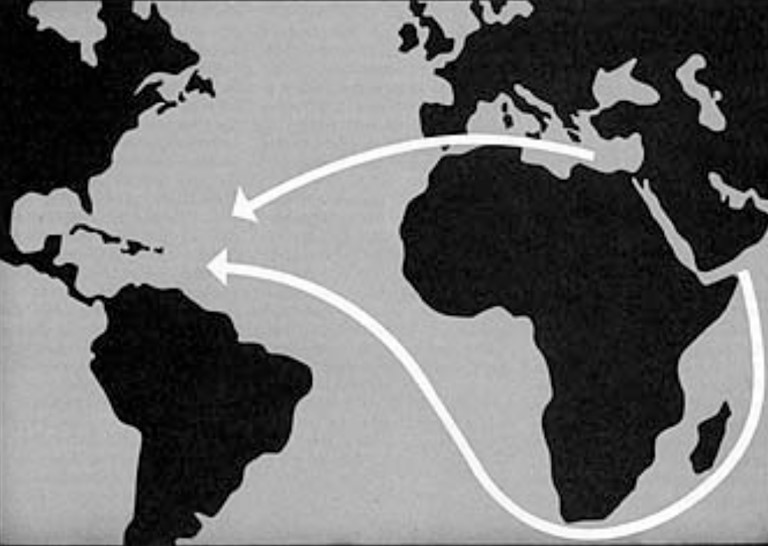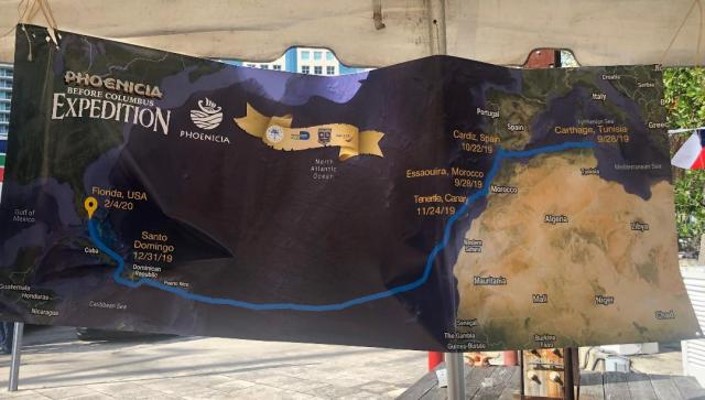Rod Meldrum takes a deep dive into the Nauvoo property purchased by the Church of Jesus Christ of Latter-day Saints, from the Community of Christ. We are so thankful to our friends in the Community of Christ for all their hard work and dedication in taking care of these historic sites all these years. See the video below:
Nauvoo Video Gallery of Pictures
The rest of this comprehensive blog shares many things about Nauvoo, the Mounds, and Church History that most of you have never heard.
Sacred Mounds of Nauvoo Quotes
“Mormonism sprang from the mounds,” wrote Roger Kennedy, former director of the Smithsonian National Museum of American History.
“In the early 1970’s, when they were re-building Joseph’s Red Brick Store, while digging a trench for spot light wiring, they hit some artifacts, which resulted in calling in the archaeologists who then unearthed more artifacts and bones, all carbon dated to the Hopewell civilization of at least 2000 years ago..” Lachlan McKay quoted by Wilson Curlee
“Joseph Smith, his wife Emma, his brother Hyrum and his parents are buried in a Hopewell burial site.” Jonathan Neville
“We learned later that there were ten main mounds that were recognized by the State of Illinois as ancient burials.” Jenny Curlee
“The Mounds, for their part are “steadfast and immovable”, and always greet us with a tender spirit each time we spend time in their presence, which is almost daily from Spring until Fall. To us, and many others, it feels very much like being in the Sacred Grove.” Jenny Curlee
“No other Land fits all the prophecies. And the Book of Mormon happened right here in United States of America. I bear such a powerful testimony of that, and the evidence is all around us.” Jenny Curlee
He [Wayne May] took in everything I told him about the recent information we learned from Lach regarding the burial sites around the Red Brick Store, the tumuli on the old map [Pictured Below] and about us buying some mounds, with enthusiasm. He said, “I’m coming down in a couple of weeks, and we will have some fun!” Jenny Curlee
THREE SPECIFIC MOUNDS FIGURE PROMINENTLY IN LDS HISTORY
Zion’s Camp March May 5th to July 3rd, 1834
Nauvoo Mounds Now Enter Current History

“Mormonism sprang from the mounds,” wrote Roger Kennedy, former director of the Smithsonian National Museum of American History. Even before the Book of Mormon was published, Mormonism was linked to the Moundbuilder civilizations of North America. One man who claimed to have heard a reading of the lost 116 pages said “It was a description of the mounds about the country and similar to the Book of Mormon. In 1843, Joseph Smith apparently alluded to the 116 pages when he said the Book of Mormon spoke about sacred burial places. Several authors have placed the Book of Mormon among other 19th century books about the origins of the Moundbuilders. At one time, there were over a million ancient earth mounds in North America; approximately 100,000 remain today. Many of these mounds are located in the territory from western New York through western Missouri where early Mormon history took place. Three specific mounds figure prominently in LDS history: Zelph’s mound in Illinois, the Kinderhook mound, also in Illinois, from which the six brass plates were taken, and Enon mound in Ohio. Until the early Saints leveled them to build homes and farms, Indian mounds dominated Nauvoo. Joseph Smith purchased one and resorted to it from time to time. Less well known are the mounds located just north of Nauvoo that have recently been discovered and preserved. The connections between Mormonism and the mounds of North America have yet to be fully explored. …The increasing awareness of the numerous Hopewell mounds in the Nauvoo area may give renewed attention to the connection between Mormons and the mounds. When workers dug a utility trench between the Red Brick Store and the Joseph Smith Homestead, the equipment churned up Hopewell bones and artifacts. This area is adjacent to the Smith Family Cemetery, leading to the possibility that Joseph Smith, his wife Emma, his brother Hyrum and his parents are buried in a Hopewell burial site.” The Mormons and the Mounds – Jonathan Neville Mormon History Association June 2017.
[Read more about Joseph’s burial mound from Jennice Curlee below]
LIVING AMONG THE MOUNDS

Jennice and Wilson Curlee Caretakers of the Sacred Nauvoo Mounds

“The days that Sister Sandie was with us were filled with a variety of activities around Nauvoo, but mostly were centered on the mounds. One afternoon Wilson stayed home with the two dogs while Sandie and I went to the Community of Christ tour of the Joseph Smith home and Mansion House. While we were standing outside of the “Homestead” house next to the fence that enclosed the Smith family cemetery, the guide was saying that this was not the first time that the cemetery had been used as a burial ground; that many years before it was an Indian Burial Ground. Both of us looked at each other signaling what we had just picked up on. Later, having left the tour early, because Sandie said she had something on her mind, she told me that at the moment that the guide said that about it being an ancient burial ground, she heard a soft whisper saying “You’ve got to find us”. This certainly did add another dimension to our searching for answers. Either that afternoon or the next day I took her over to Susan’s house for introductions. As soon as Susan saw Sandie she said she had the vibrations that Sandie was “a Grandmother”, meaning in the Native American sense, as Susan also is one. They felt like kindred spirits. We talked about numerous things, as well as what had just happened at the Smith family cemetery. Sandie showed her the carved rock that she found in a field in North Dakota many years ago, and which she always carries with her. It was undoubtedly an anciently carved rock. We all bonded in a special way. On Saturday the 18th we took her back to St. Louis to the airport to return to Colorado Springs. We hope she can return next summer or fall. It was on one of these afternoons that Emma, my cat was killed by a car by our house, and as hard as it was on me, Sandie, Wilson and Susan’s company helped. It is hard to explain many shared memories, I just skim over it.
On Monday morning, Sept 20, 2010, Wilson [Curlee] took a bike ride around Nauvoo, which he often does before I am even fully awake. This time he rode over to the Community of Christ visitor’s center to ask Lach [*Lachlan McKay. See profile in blue text below], the director, where this one particular guide got her information about it being a burial ground for ancient American Indians. He shared with Wilson how in the early 1970’s, when they were re-building Joseph’s Red Brick Store, while digging a trench for spot light wiring, they hit some artifacts, which resulted in calling in the archaeologists who then unearthed more artifacts and bones, all carbon dated to the Hopewell civilization of at least 2000 years ago.. He also said the 1840’s map of Nauvoo has the legend showing ancient “tumuli” [Map Below] within the city of Nauvoo at that time. When Wilson got home he shared this information with me, and you would know for a certainty that I went right over to talk to Lach myself and to buy a copy of that map!! We talked for about an hour and he brought out two binders that were given to them from the University of Missouri that detailed the dig, sketching out the artifacts. He said most of the artifacts were still with the university, but that they held a real treasure in their vault, which was a Cardinal Platform Pipe, which was dated to middle woodland, or Hopewell era (100 BC to 400AD). He said the bones were sent off to the Archaeology museum in Kampsville, which is a very small village on the Illinois River, not far from Zelph’s mound. I found out by researching it that there are major archaeology digs around that area because of the high density of ancient mounds on the Illinois River, so Kampsville is a summer training place for students and they have a nice little museum there. So the very next day Wilson and I drove to Kampsville, enjoyed the trip and the museum, but they said “no, any bones would have been sent to the Chicago or the Springfield museum”. Now, many months later, we have talked to other archaeologists who say that those bones have been re-interred in Nauvoo.
*Lachlan Mackay is a member of the Council of Twelve Apostles, for the Community of Christ Church  assigned to the Northeast USA Mission Field. He also serves as Historic Sites director and Church History and Sacred Story Ministries Team lead.
assigned to the Northeast USA Mission Field. He also serves as Historic Sites director and Church History and Sacred Story Ministries Team lead.
A native of Independence, Missouri, Lach received a bachelor of arts in economics and Russian arts studies from the University of Missouri-Columbia. He is active in the John Whitmer Historical Association; the Mormon History Association; and the Nauvoo, Illinois, Chamber of Commerce.
He co-authored A Time of Transition: The Kirtland Temple, 1838–1880. He was the winner of the John Whitmer Historical Association’s Best Article award for 1999. He also has published articles in Mormon Historical Studies, The Encyclopedia of Latter-day Saint History, The Journal of Mormon History, and Religion in Ohio: Profiles of Faith Communities.
Community of Christ has 250,000 members in more than 60 nations. The church’s mission is to “proclaim Jesus Christ and promote communities of joy, hope, love, and peace.” Community of Christ International Headquarters is located in Independence, Missouri.
Jennice Curlee continues, “I shared all of this information with Susan and Sandie and also Joe and Emily. In turn, Joe had filled Alan and Jane in on everything that was going on, so little by little our support network was growing. By now we had talked to Jared and James about it as well, and feel they are with us. Susan felt sure that we should call Wayne May and tell him of the new discoveries and that we had bought some of the mounds on the hill. Wayne is the Editor/Publisher of “Ancient American Magazine”. He had been here in the spring, and that is when Susan had met him, and had been up on the hill to see the mounds himself. He has been doing his own discoveries and seminars for most of his adult life. He is a convert to the church (as a young adult) and lives in Wisconsin. He was on hand to see a mound excavated when 7 years old, and was hooked. He has a gift for discerning the truth about who the Hopewell Indians were, long before he was a member. He says he has somehow always known it and it surprises him that other did not see and understand what he has naturally known. He writes books and compiles information for the rest of us to enjoy. He puts on wonderful lectures. Much of what was presented at Book of Mormon evidence conferences at that early date came from Wayne. When I called him to introduce myself, he was so down to earth and genuine that I was very comfortable talking to him. He [Wayne] took in everything I told him about the recent information we learned from Lach regarding the burial sites around the Red Brick Store, the tumuli on the old map [Pictured Below] and about us buying some mounds, with enthusiasm. He said, “I’m coming down in a couple of weeks, and we will have some fun!”
When I shared all this with Joe by phone, he got on the computer and while we were talking he pulled up a copy of the Nauvoo 1840’s Map and enlarged it to see the “tumuli” [Map Above] He also googled articles on the church and ancient mounds during the early saints time here, and had them forwarded to me in just a few minutes. Wow! Such great information. We live in such times that communication is instant! We then bought a second map for Joe, but had to wait until December to take it to him, as it is big. Wilson counted the “tumuli” on the map and then drew them on a “tourist’s map” of Nauvoo. [Map Below]

That map was made from a copy of the old map, and if looked at closely you could see the mounds drawn in the background of the copy. So he used that to draw them in and counted 20 of them, beginning at the corner of Mulholland and Partridge St., and running north to Carlos Street. They of course, are no longer there, and are covered up by the pavement and even the parking lot of the Church’s Visitor Center! Mystery! When/who took down the mounds? Again Joe did some research and sent us a page from the biography of Parley P. Pratt, which quotes him saying that upon his return from his 3 year mission in England, Nauvoo had changed dramatically, and the “hills had been leveled”. Obviously to make room in the growing city to house more of the Saints moving there.
With the beautiful Month of October upon us, on Oct 6-9th, we took a side trip on our way to Dubuque, Iowa to see Vaughn, Christine and grandkids. We drove up the Illinois side of the Mississippi to see mound sites in Albany (pretty little river town) and in East Dubuque at Gramercy Park. While visiting with V & C, we went to “Mines of Spain” park which was very interesting, and which history I had never known before. There were also mounds there, but they were a mile hike off the road, so we didn’t see them. Then when we left we drove down the Iowa side of the river and went off the main road to see the Toolesboro mound site [Map Below] and there they told about some little known about and not very accessible mounds (56) known as the Malchow mounds. They are outside a very little town just north of Burlington (30 miles from Nauvoo). It was almost dark when we got there, and they were located up a very steep trail. At the top of the bluff was tall grass with no paths, but you could see them along the ridge. We plan to go back there in the summer and spend more time. But it was a lovely and well spent trip all around.
We were able to buy more lots that adjoined our original purchase yet that fall. On October 14, we signed the papers to buy three adjoining lots, one beside and two in back of our first lot, the Homestead, but we had no immediate hope of buying more. In two days we would be learning so much more, with more to rejoice over. I think the Lord knew we needed to pause and regroup to get a new perspective, but the year had already brought us more than we ever dreamed of when we first asked.” Jennice Curlee Nauvoo Mounds Owner
Indian mounds near Nauvoo are believed to be battle burial sites

From 8,000 BC to 500 BC, archaic period peoples inhabited deciduous forests in small groups, hunted deer and small game, wove baskets, and ground seeds with stones. More recently, from 500 BC to 900 AD, she writes that woodland culture “Indians” developed maize agriculture, built villages and burial mounds, invented the bow and arrow for hunting, and began making pottery.
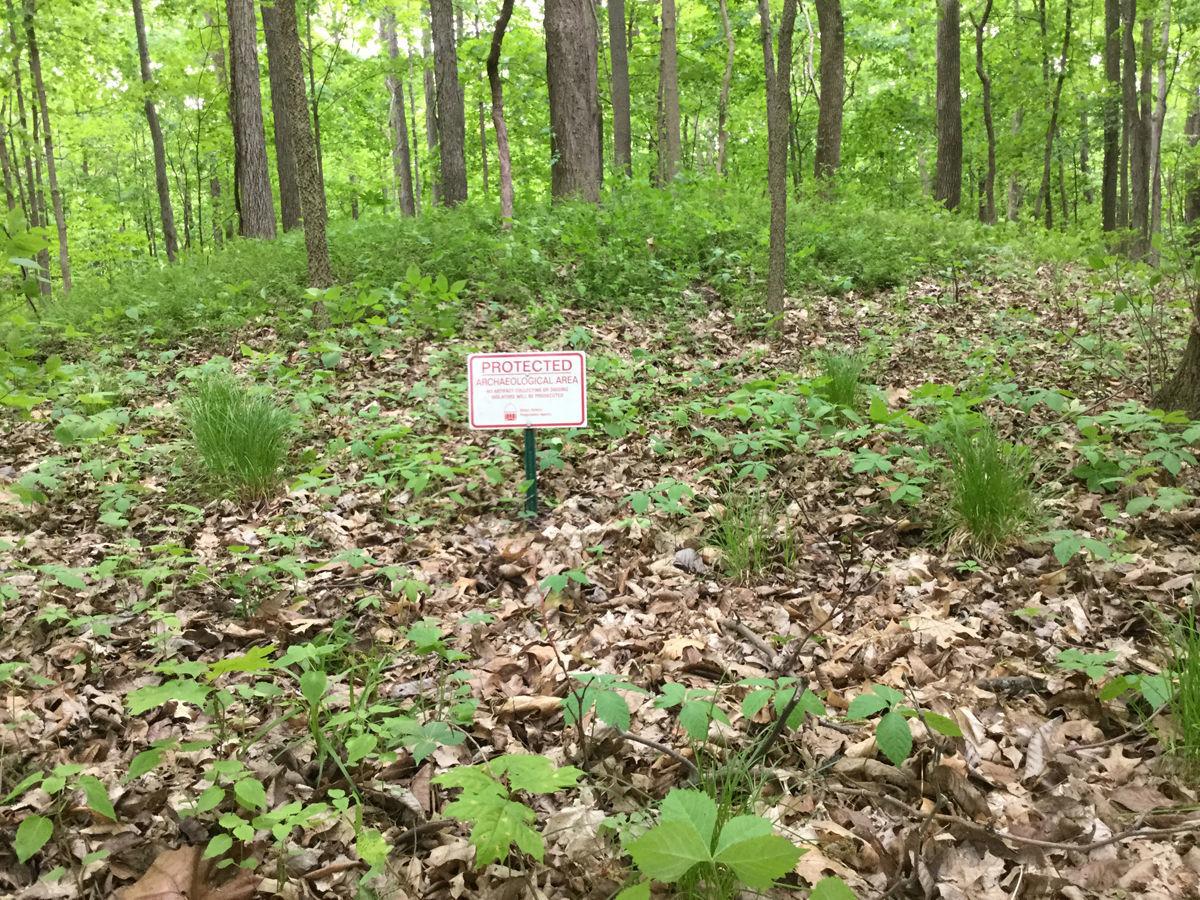 Some things these woodland culture people left behind are the Hopewell Burial Mounds. These mounds are part of the Hopewell culture which flourished from around 550BC to 400AD.
Some things these woodland culture people left behind are the Hopewell Burial Mounds. These mounds are part of the Hopewell culture which flourished from around 550BC to 400AD.
These mounds were first discovered in Ohio during the early 1800s on land owned by a Mr. Hopewell. The mounds that he found were the first to be excavated publicly by “archeologists” who documented their findings.
Early settlers in our country found mounds all over the East and Midwest, and often took them down for farming purposes.
Today mounds are found between the Gulf of Mexico and the Great Lakes, from the Atlantic Ocean to the Missouri River.
These mounds were built by the Woodland Culture people, who were part of the ancestors of today’s Native Americans.
Just like the ancient pyramids of Egypt or Peru, Hopewell mounds are in existence and visible along the Mississippi River just north of Nauvoo.
In 2005 Wilson and Jenny Curlee came to Nauvoo to purchase property so they could spend their retirement years in Nauvoo. They discovered Hopewell mounds near their property on Sycamore Haven Road.
Jenny Curlee was awed and told her husband Wilson, “I gotta take care of these!”
During the next few years, the Curlees purchased the adjoining property that contained some of the mounds. Since purchasing the land, the Curlees have worked hard to clear out brush and dead trees.
A local Boy Scout chose to help with the effort as his Eagle Scout Project. Many people, as well as representatives of the Standing Bear Council, came to assist.
A state archaeologist came to Nauvoo, identified the mounds as Hopewell Indian burial sites and placed protective archaeological signs around them.
According to Jenny Curlee the State of Illinois had certified the largest mounds back in the 1970s, but since they were on private property they did not have any other contact through the years, and they were not kept up or taken care of until the Curlees purchased the land and called the State ourselves to come and oversee how they were protecting them.
The State of Illinois then gave the Curlees official signs/markers to place throughout the area. They also helped them to apply for “cemetery status” so that the mounds would be further protected and exempt from real estate taxes.
The mounds are like “grave stone markers” that we use today. Hopewell people build mounds over their dead. It was a sacred place for them.
The Curlees continue to treat the mounds that way and hope to preserve this site for the future. Visitors are welcome to walk through the land and see the mounds located about 2 miles north of Nauvoo on Sycamore Haven Drive. Source:
Why Do Nauvoo’s Historic Burial Mounds Matter?
Meridian Magazine By Rosemary G. Palmer · June 9, 2013
On Memorial Day, which we recently observed, we honor those who died while serving in the U.S. military, and we often remember our own family members by visiting cemeteries and placing flowers on their graves. “The place where a man is buried is sacred to me,” the Prophet Joseph Smith said. Each cemetery forms a chapter in the history of our human past. What about burial sites from many years ago which have no visible markers and are hidden from view?
Centuries ago, the Hopewell culture flourished in central and eastern North America. Hopewell people lived and farmed along the Mississippi River, and many chose bluffs along the river to build earthen mounds to bury their dead. A group of these mounds is located along the Mississippi River north of Nauvoo. Some 40 years ago, many of the mounds were attacked by looters seeking artifacts. Later, the area became neglected, and brush, brambles, and dead trees concealed these burial spots.

Wilson Curlee in brush hiding a mound
Then, a few years ago Wilson and Jennice (Jenny) Curlee moved to Nauvoo and discovered the mounds. When they first walked into the area, “it was an overwhelming moment,” Jenny Curlee said. She felt they had stepped on sacred ground. “The first thing out of my mouth besides Wow’ was “I wish I could take care of them.” During the next few years, the Curlees purchased property that contained some of the mounds. “One is struck by the serenity and spirituality this place evokes,” Jenny Curlee said. “It is like being in another time and place.”
Jenny and Wilson felt compelled to preserve this chapter of the Hopewellian past by keeping the area pristine and making it a retreat for visitors who appreciate nature, tranquility, and those who lived and had been forgotten. Since purchasing the land, the Curlees have spent hours clearing out brush and dead trees. The prospect of restoring the mounds seemed overwhelming–until they met Joseph Petersen, a young man from Nauvoo looking for an Eagle Scout service project.

Joseph and the Curlees’ make plans
Eagle Project Proposal
Carrie Petersen, Joseph’s mother, said that Joseph’s journey began last fall when the former owner of the land mentioned to Joseph’s father the possibility of an Eagle Scout project. Joseph’s father suggested this to Joseph who contacted the Curlees and they agreed. “Throughout the years these sacred grounds have been pillaged and vandalized,” Joseph wrote in his project proposal. “To honor the deceased,” Joseph chose to restore several mounds to their original appearance by refilling them with dirt. He noted that the beneficiaries of this project would be Native Americans of the Standing Bear Council as well as the local and surrounding communities when the area becomes a public archaeological park.

Mound to be restored Tom Simpson Photo
Preparation for the Project
Before Joseph could submit his proposal to the Boy Scouts of America, the local Native American Council representatives needed to approve the project. A meeting was organized; and on October 26, 2012, the Curlees, several Native American Grandfathers and Grandmothers, Joseph’s family, and other guests met at the mounds site to join in a healing ceremony to restore harmony and balance to the land and mounds before Joseph began the restoration project.

Preparing for healing ceremony
During the last fall and winter, Native American men tutored Joseph and gave him instructions to complete his project. “In following these instructions, Joseph learned more about an ancient culture and was brought into a fellowship of something he had only heard about,” Jenny Curlee said.
In addition, Joseph needed to receive permission from the State of Illinois Historic Preservation Agency and Dawn Cobb, Human Skeletal Remains Protection Act Coordinator of the same agency. According to Dawn Cobb, “this Act protects from disturbance all graves, grave markers, and grave artifacts that are over 100 years old and not located in a registered cemetery.” Prehistoric burial mounds are both a cemetery and a grave marker, and the mounds on the Curlee’s property met the criteria.
The Day of the Project
At 10:00 a.m. on Easter weekend March 30, 2013, approximately 33 people met on the bluff near the mounds to assist Joseph Petersen with his Eagle project. Carrie Petersen “was in awe to see everyone who came and gave up their holiday Saturday morning to help.”

Tom Simpson Photography
With a cloudy sky and forecast of rain, “many prayers went up for us to accomplish the project before it rained, and that was exactly what happened,” Jenny Curlee said. “Wilson and I were the last ones off the hill when it started to rain.”
Ceremonial Protocol
Observing Native American protocol, the participants gathered in a circle for an opening ceremony and instructions before entering the project site. Susan Stanton of the Turtle Island Council and Monica Thompson of the Hummingbird Council drummed and led the group in the Cherokee morning song, a lyrical prayer which greets the new day with gratitude to the Creator.
Larry Cooper of the Standing Bear Council told of his personal history around Nauvoo and the many years he visited this mound group and hundreds more in the Mississippi River vicinity.
He honored Joseph and offered a prayer. Others in the circle spoke, and Joseph gave instructions. Jenny Curlee told the volunteers “not be surprised at what they might feel or learn, but be aware that they will have an experience meant just for them.”

Sage smudging before entering the site Tom Simpson Photo
Later, Carrie Petersen shared her impressions and said, “This has been no ordinary Eagle Scout project. From the beginning of the customary healing ritual after everyone was smudged with sage to cleanse came a peculiar and powerful spirit that was unexpected. We came to a revived awareness that the desire to restore and preserve Native American history and culture is similar to ours as members of the LDS Church. We feel a connection with those who once lived where we now live.”
Restoration of Two Mounds
Dawn Cobb from Springfield, Illinois, identified many mounds on the Curlee’s property “and nearly all of them were damaged decades ago when someone dug into the tops of them, most likely in search of prehistoric artifacts. Joseph Peterson’s Eagle project began the process of repairing damage to two of the mounds.”
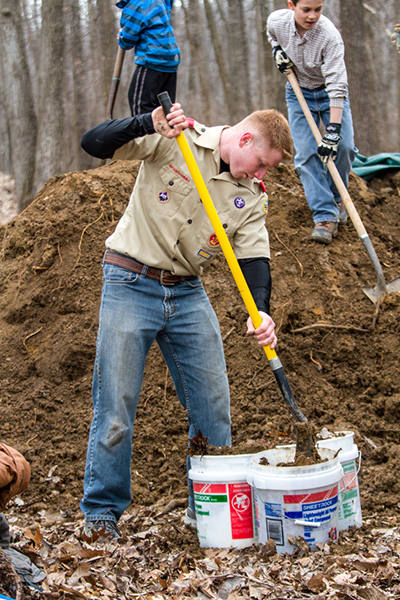
Joseph and Scouts fill buckets Tom Simpson Photo
On the day of the project, the previous owners of the property used their heavy equipment to haul dirt to a location where volunteers could access it with wheelbarrows and buckets and carry it to the mounds. Joseph’s Native American tutors requested that the mounds be filled in by hand as they had originally been built. Joseph honored the tradition. Although he planned to repair several mounds that day, Joseph discovered how long it took to finish the first mound. Time would only permit the restoration of two mounds following these steps:
- Rake the mounds of leaves before placing ground fabric on the mounds.
- Lay the ground fabric according to state law to separate existing dirt from new dirt on the mounds.
- Fill the mounds with dirt using shovels, buckets, and wheelbarrows.
- Clear the area of tools and materials.
After the opening ceremony and smudging with sage, the volunteers headed to the project site. “We had to carry our tools, rakes, shovels, buckets, and wheelbarrows along the sides of the road, walking in the leaves because of the muddy ground from the recent snow melt and torn-up road,” Jenny Curlee said. “No one seemed to mind the mud or the chill as they focused on the higher reason they had come together. There was an air of excitement, of oneness of purpose and fellowship.”

Walking on muddy ground to the site Tom Simpson Photo
When the group reached the project site, volunteers first raked leaves off the mounds. Then Dawn Cobb taught them “how to install landscape fabric in the holes before backfilling them with clean fill.” She explained that “landscape fabric covers the old disturbance (the looter’s pit) as a visible separation between the mound and the new fill.”
After the fabric was in place, boys and men filled buckets with dirt and carried them up the sides of the mound to dump the dirt. “The teamwork was awe-inspiring,” Jenny Curlee said. “Dawn Cobb urged them to fill in just a little more here or a little more there.”

Putting dirt on the mound Tom Simpson Photo
At noon the volunteers took a lunch break with homemade chili, cookies, and Indian fry bread. After lunch they finished the first mound and started on the second one. When it was time to leave, the second mound still needed dirt to round the top, and the Curlees offered to finish it during the week. “No doubt all who picked up their shovels and other tools and buckets walked more slowly down the lane than when they came in,” Jenny Curlee said. “Tonight there will be aching backs and knees and probably deep sleep, but peace of mind and a sense of accomplishment.”
In Joseph’s final report he expressed gratitude that “everyone was willing to help. They were dressed properly, brought tools, and worked until the end of the project even though it was a holiday weekend.”
The Project’s Impact
What impact did this Eagle Scout project have on its participants?
Dawn Cobb from the Illinois Historic Preservation Agency said, “Joseph Peterson’s Eagle project has a greater depth of meaning because a variety of groups were interested in helping him succeed. Everyone had the same goal – to repair the damage and to right a wrong. His project began the healing process that these mounds and the community needed. I hope that other Scouts look to this project as an example of a community working together towards a positive goal.”
Eagle project volunteers Tom Simpson Photo
Joseph’s mother observed that “Scouts from Troop 110 learned something by the service they gave and hopefully will continue to reverence that place.” She reported that even though Joseph is normally shy, he always has been service-oriented. “This experience will continue to shape the way he views himself and his ability to accomplish something extraordinary.”
Jenny Curlee noticed that “Joseph’s face almost radiated, and he looked and acted like a leader. He seemed to have grown up since we first met him last fall at the onset of the Eagle project.” She added, “As for us, we felt the Spirit radiate through the trees, on the mounds, in the faces of all who came and shared. Many remarked to us how they felt something they had not known they would feel. It was far more than an Eagle Scout project; it was service to each other, to those who built these original mounds, and to God.”
As stewards of the land, the Curlees plan to repair other mounds. One they recently restored is “turnaround mound.” “And for the first time we can walk right up to it, and it is clean and visible,” Jenny said. “Before, it was covered with brambles, honeysuckle, and dead trees. Also the trail by the children’s mound’ is almost cleaned out and looking good.” After a wet Nauvoo spring, visitors to the site were amazed to see beautiful ferns growing prolifically on the tops of mounds and no other place in the area.

Mound with ferns growing on it
Besides restoring mounds on their property, the Curlees hoped to preserve the burial sites in the future. Before Joseph began his Eagle Scout project, Dawn Cobb and a state archaeologist came to Nauvoo, identified mounds, and placed protected archaeological signs by some of them. The Curlees also requested cemetery designation, and a week after the Eagle project, the State of Illinois granted the property cemetery designation.
President Gordon B. Hinckley said, “Each of us has a small field to cultivate. While so doing, we must never lose sight of the greater picture . . . Weave beautifully your small thread in the grand tapestry, the pattern for which was laid out for us by the God of Heaven.” (Ensign, Nov. 1989)
Thanks to the Curlees’ and Joseph Petersen’s small threads, Nauvoo’s diverse history is expanding for visitors to learn more about Nauvoo’s historic past. By keeping this area pristine, individuals and families can roam through the trees, appreciate nature, and contemplate the lives and history of those who built the earthen mounds and were forgotten but can be remembered again. Source:




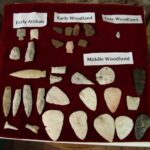
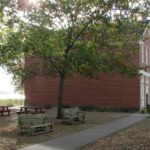
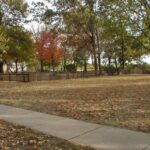
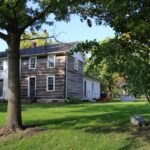
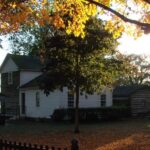
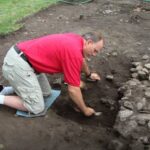
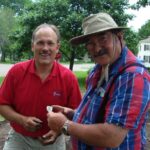
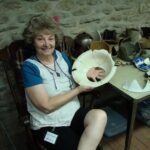


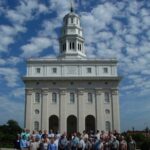
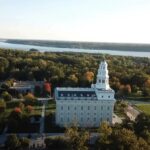
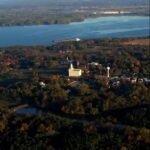

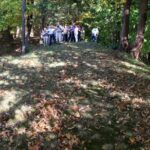
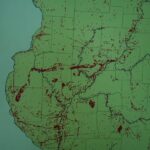

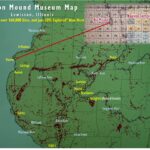

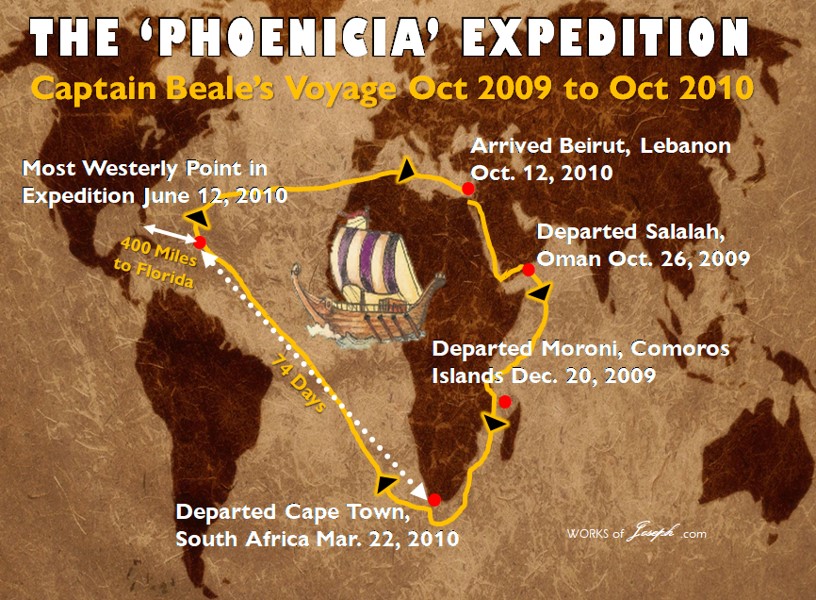 The ‘Phoenicia’ ship owned by Heartland Research with John Lefgren and Mike and Betty LaFontaine, is a 600 BC replica ship that was sailed by British Navy Captain Philip Beale over 30,000 nautical miles, proving a plausible route for Nephi and Mulek to sail from the Old World to North America. Brother Hocking has updated route information on a map that may have brought Mulek to America. He added insight pages about Phoenician names showing up in the books of Mosiah and Alma after King Mosiah meets the people of Zarahemla, suggesting that it was a Phoenician ship that brought Zedekiah’s family with Mulek to the Land of Zarahemla near Montrose, Iowa. Also see an article from a BYU professor in 1973 that affirms a Heartland theory about the route and landing of Mulek and or Nephi, here:
The ‘Phoenicia’ ship owned by Heartland Research with John Lefgren and Mike and Betty LaFontaine, is a 600 BC replica ship that was sailed by British Navy Captain Philip Beale over 30,000 nautical miles, proving a plausible route for Nephi and Mulek to sail from the Old World to North America. Brother Hocking has updated route information on a map that may have brought Mulek to America. He added insight pages about Phoenician names showing up in the books of Mosiah and Alma after King Mosiah meets the people of Zarahemla, suggesting that it was a Phoenician ship that brought Zedekiah’s family with Mulek to the Land of Zarahemla near Montrose, Iowa. Also see an article from a BYU professor in 1973 that affirms a Heartland theory about the route and landing of Mulek and or Nephi, here: 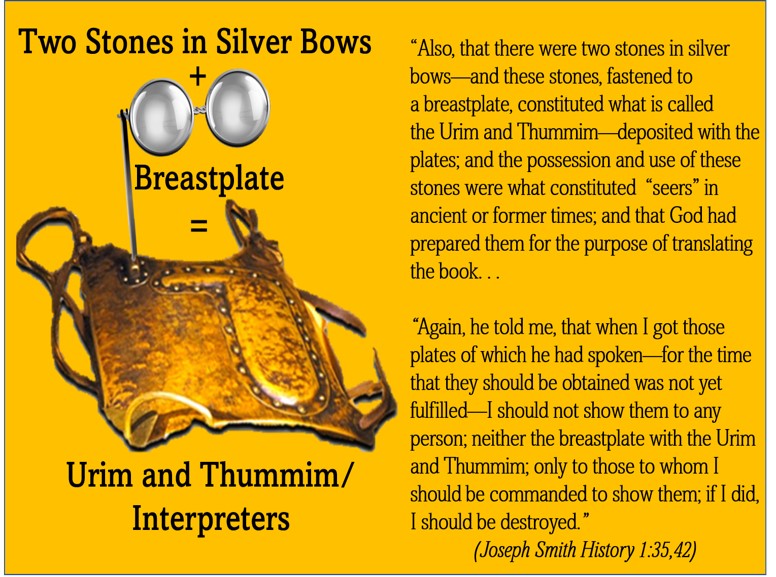 Did you know that the words, Urim and Thummim, do not appear in the translated text of the Book of Mormon? Instead these instruments are called “Interpreters” or Nephite interpreters. The term Urim and Thummim is found in the Bible but it is speaking of different tools, and are not the same tools Joseph found in the stone box with the gold plates. Brother Hocking has included additional insight pages relating the use of the Interpreters (“these stones fastened to a breastplate” JSH 1:35), as the
Did you know that the words, Urim and Thummim, do not appear in the translated text of the Book of Mormon? Instead these instruments are called “Interpreters” or Nephite interpreters. The term Urim and Thummim is found in the Bible but it is speaking of different tools, and are not the same tools Joseph found in the stone box with the gold plates. Brother Hocking has included additional insight pages relating the use of the Interpreters (“these stones fastened to a breastplate” JSH 1:35), as the 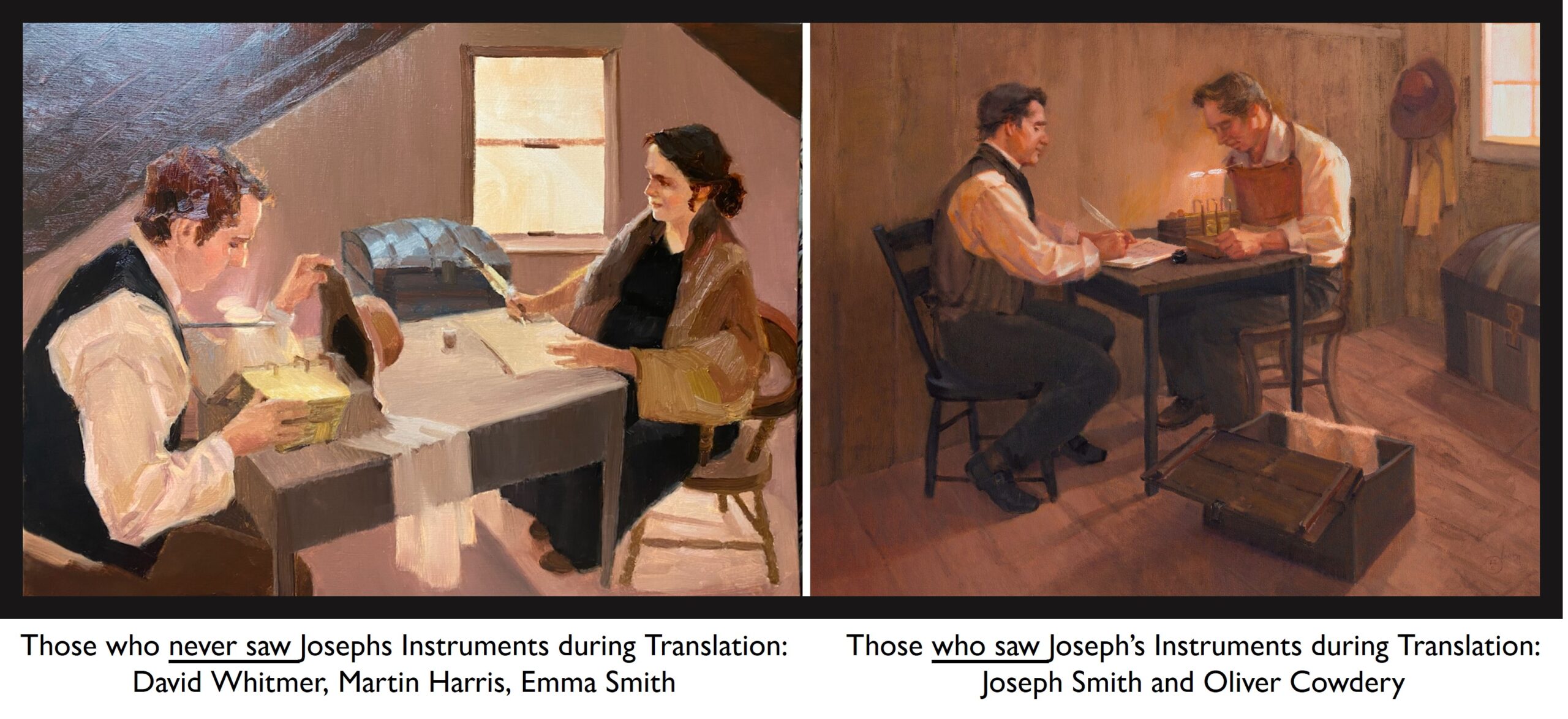 A statement from Lucy Mack Smith who said Joseph marveled at the Interpreters, calling them as she quotes Joseph saying, “I have got the Key”, and how Lucy also said that Joseph “had these things (Spectacles & Breastplate), constantly upon his person.” This suggests Joseph may have worn the breastplate under his shirt, for constant usage during the translation period and to keep it out of sight. Joseph could have possibly hid the Interpreters (Spectacles) from Emma’s view and other scribes by using his farmers hat to block their view. (See picture above). Blog here:
A statement from Lucy Mack Smith who said Joseph marveled at the Interpreters, calling them as she quotes Joseph saying, “I have got the Key”, and how Lucy also said that Joseph “had these things (Spectacles & Breastplate), constantly upon his person.” This suggests Joseph may have worn the breastplate under his shirt, for constant usage during the translation period and to keep it out of sight. Joseph could have possibly hid the Interpreters (Spectacles) from Emma’s view and other scribes by using his farmers hat to block their view. (See picture above). Blog here: 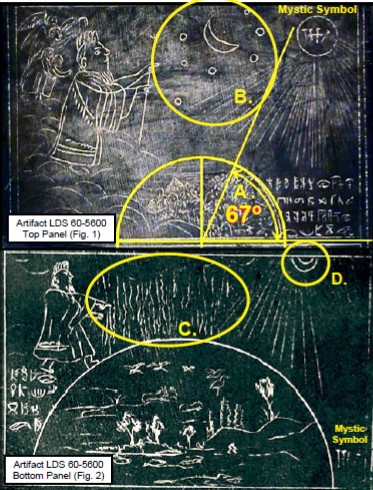 Another insight page highlights a Michigan artifact that suggests it was made in a Book of Mormon time period. Brother Hocking says, “Measurement on the face of the stone shows the sun’s altitude from the earth’s horizon at an angle of 67 degrees (Fig. 1). This is precisely the angle that the NASA program connected to the Fourth Century solar eclipse.”
Another insight page highlights a Michigan artifact that suggests it was made in a Book of Mormon time period. Brother Hocking says, “Measurement on the face of the stone shows the sun’s altitude from the earth’s horizon at an angle of 67 degrees (Fig. 1). This is precisely the angle that the NASA program connected to the Fourth Century solar eclipse.” Spotted Bee Balm
Spotted Bee Balm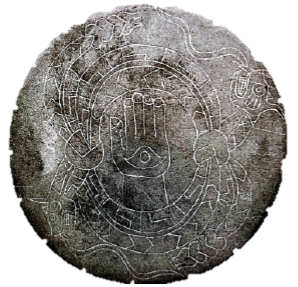 Another artifact, is shown (left) that was found in Alabama. It is a “Hopewell dated etched shell of an All Searching Eye symbol in a Hamsa five-fingered hand pattern. Moundsville was a village built using ‘Wall-Trench’ architecture.” Department of Research and Collections, University of Alabama Museums.
Another artifact, is shown (left) that was found in Alabama. It is a “Hopewell dated etched shell of an All Searching Eye symbol in a Hamsa five-fingered hand pattern. Moundsville was a village built using ‘Wall-Trench’ architecture.” Department of Research and Collections, University of Alabama Museums.
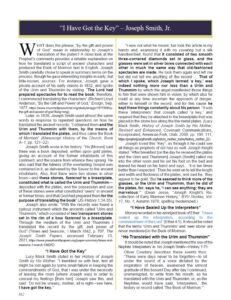
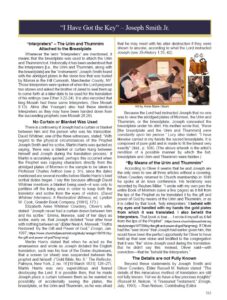

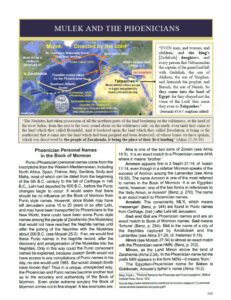


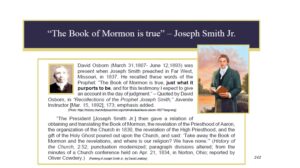
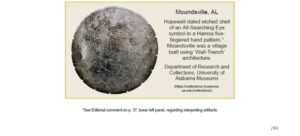



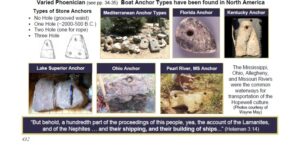





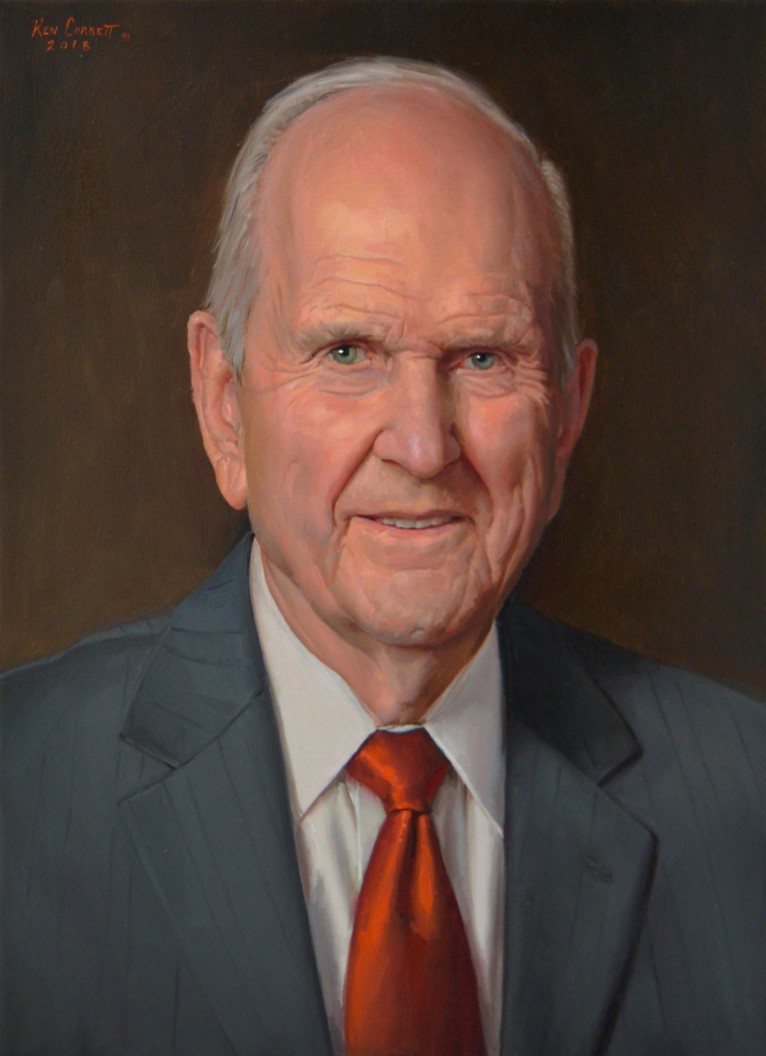 “The Book of Mormon reveals the inheritance of Joseph, son of Israel, who was not forgotten when land was distributed to the tribes of Israel. This was promised in the Abrahamic covenant. Because… Joseph’s inheritance was to be a land choice above all others. It was choice not because of beauty or wealth of natural resources, but because it was chosen to be the repository of sacred writings on golden plates from which the Book of Mormon would one day come. Choice because it would eventually host the world headquarters of the Restored Church of Jesus Christ in the latter days. And it was choice because it was a land of liberty for those who worship the Lord and keep His commandments” – President Russell M. Nelson, President of the Quorum of Twelve Apostles, Yes, Mormons are Christians, Legends Library [2017], 60; emphasis added.
“The Book of Mormon reveals the inheritance of Joseph, son of Israel, who was not forgotten when land was distributed to the tribes of Israel. This was promised in the Abrahamic covenant. Because… Joseph’s inheritance was to be a land choice above all others. It was choice not because of beauty or wealth of natural resources, but because it was chosen to be the repository of sacred writings on golden plates from which the Book of Mormon would one day come. Choice because it would eventually host the world headquarters of the Restored Church of Jesus Christ in the latter days. And it was choice because it was a land of liberty for those who worship the Lord and keep His commandments” – President Russell M. Nelson, President of the Quorum of Twelve Apostles, Yes, Mormons are Christians, Legends Library [2017], 60; emphasis added.  “The prophecies pertinent to this holy land of America were not just directed to the ancient saints, but those of our day as well, that we, too, might know of our responsibility to keep the Promised Land free from sin. Thus, knowing which land is the Promised Land is far more important than we might otherwise have supposed. Not only is such information vital to our understanding of where Book of Mormon activity took place, but learning that those activities took place in what has since become known as the United States of America is therefore critical to our very survival as a nation and as individuals who may just suffer untold misery in years to come if we allow the nation to become ripe in iniquity. The Lord’s decree that all who inhabit this promised land must serve Him or be wiped away is an everlasting decree, and just as pertinent to those of our day as it was to the Nephites or Jaredites, for according to the Lord Himself, this glorious land of America, the place of the New Jerusalem, is the land of promise, and who shall dispute His word.” From Ezra Taft Benson:
“The prophecies pertinent to this holy land of America were not just directed to the ancient saints, but those of our day as well, that we, too, might know of our responsibility to keep the Promised Land free from sin. Thus, knowing which land is the Promised Land is far more important than we might otherwise have supposed. Not only is such information vital to our understanding of where Book of Mormon activity took place, but learning that those activities took place in what has since become known as the United States of America is therefore critical to our very survival as a nation and as individuals who may just suffer untold misery in years to come if we allow the nation to become ripe in iniquity. The Lord’s decree that all who inhabit this promised land must serve Him or be wiped away is an everlasting decree, and just as pertinent to those of our day as it was to the Nephites or Jaredites, for according to the Lord Himself, this glorious land of America, the place of the New Jerusalem, is the land of promise, and who shall dispute His word.” From Ezra Taft Benson: 











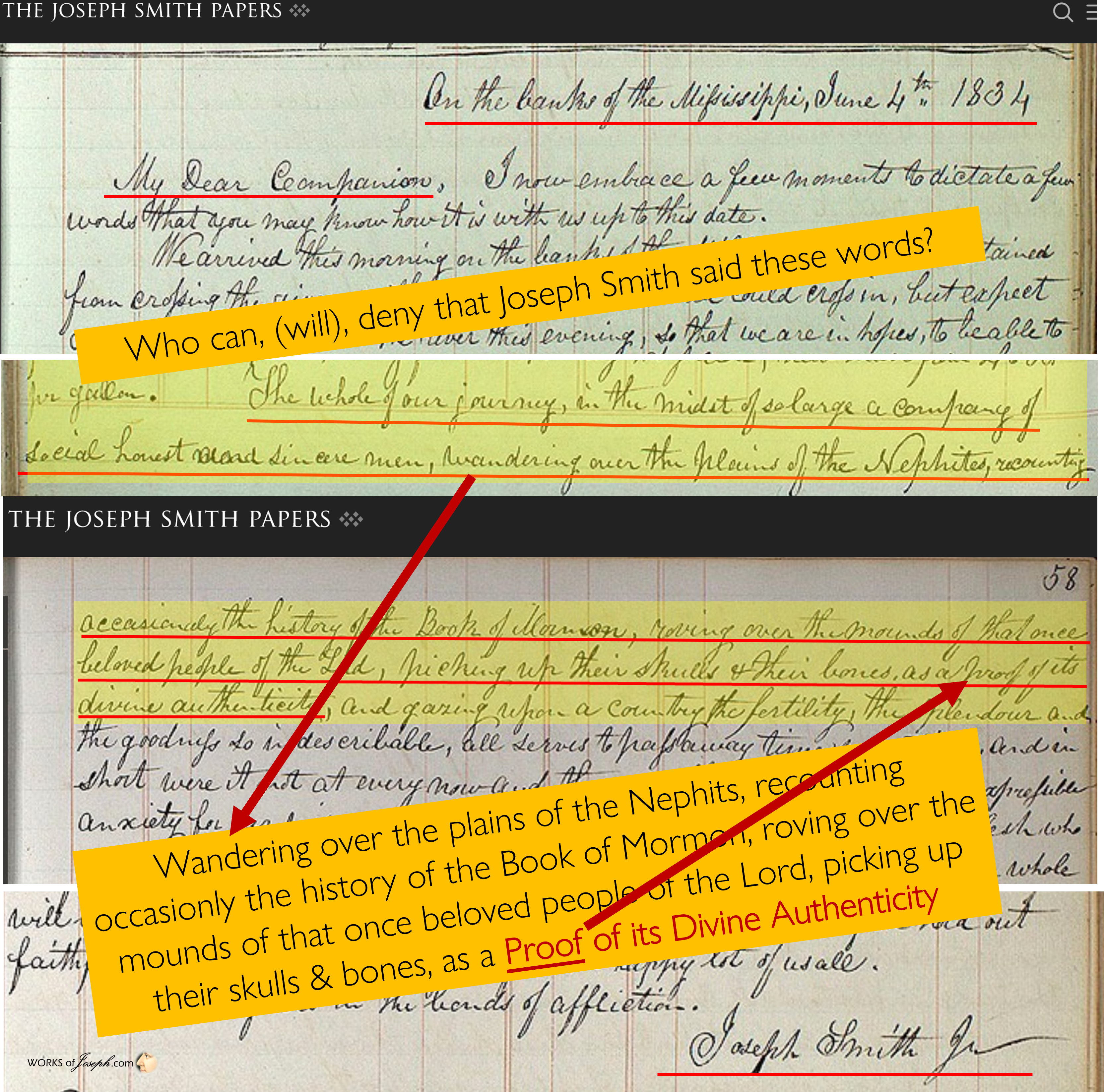
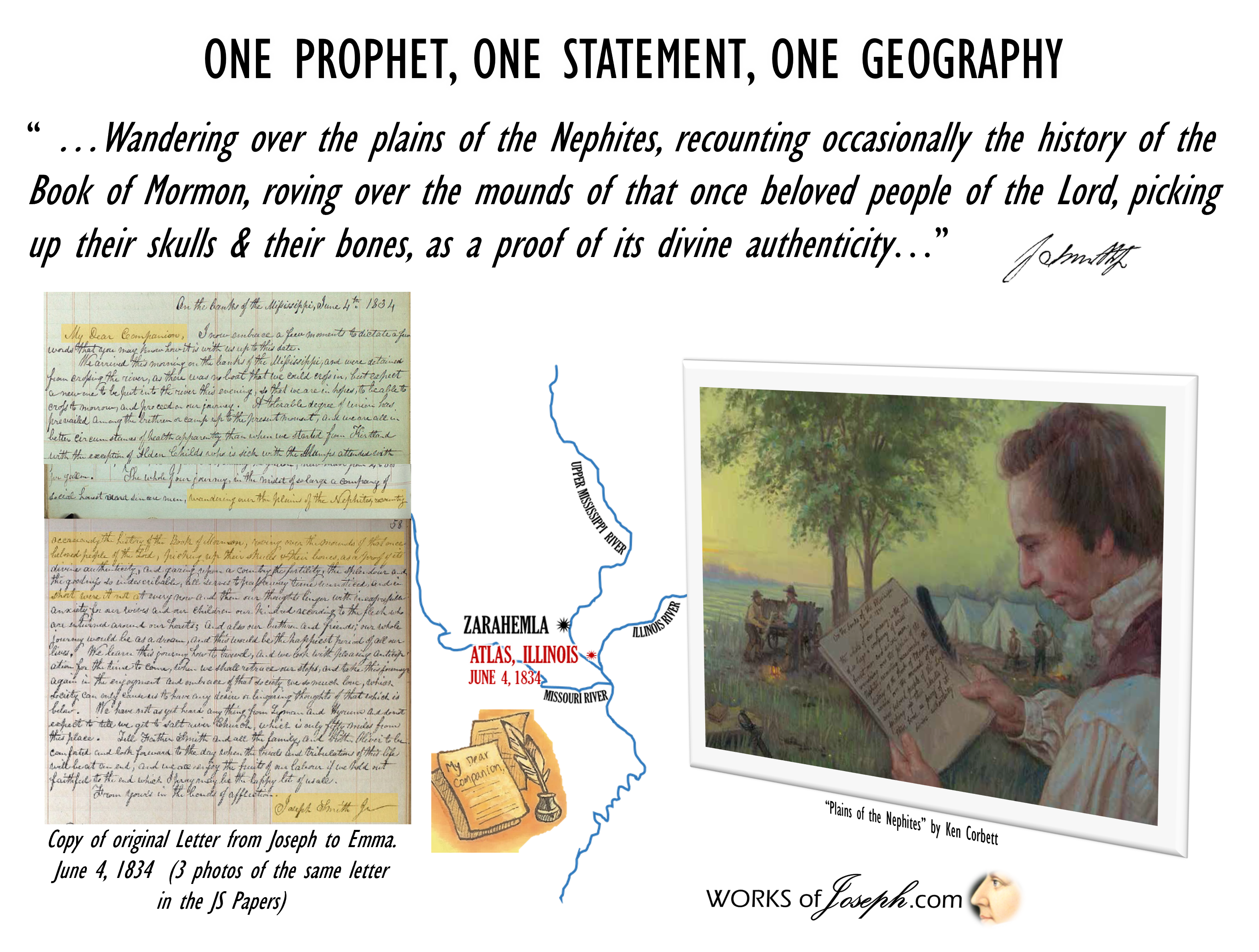
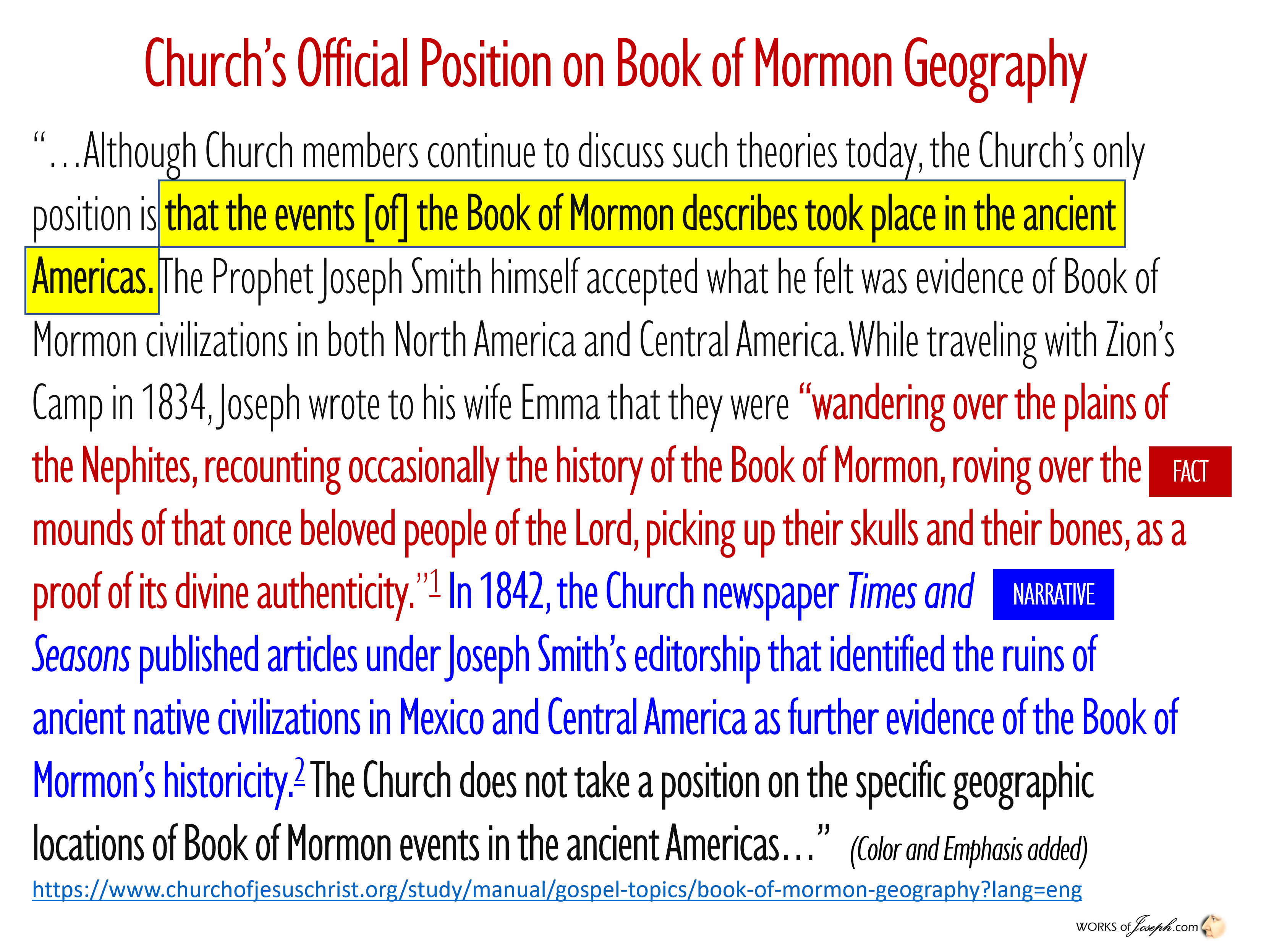
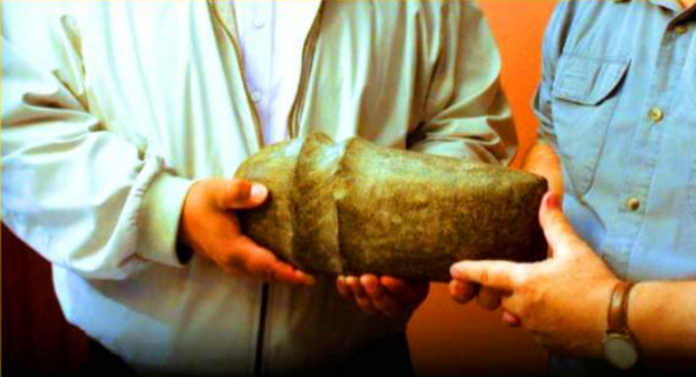
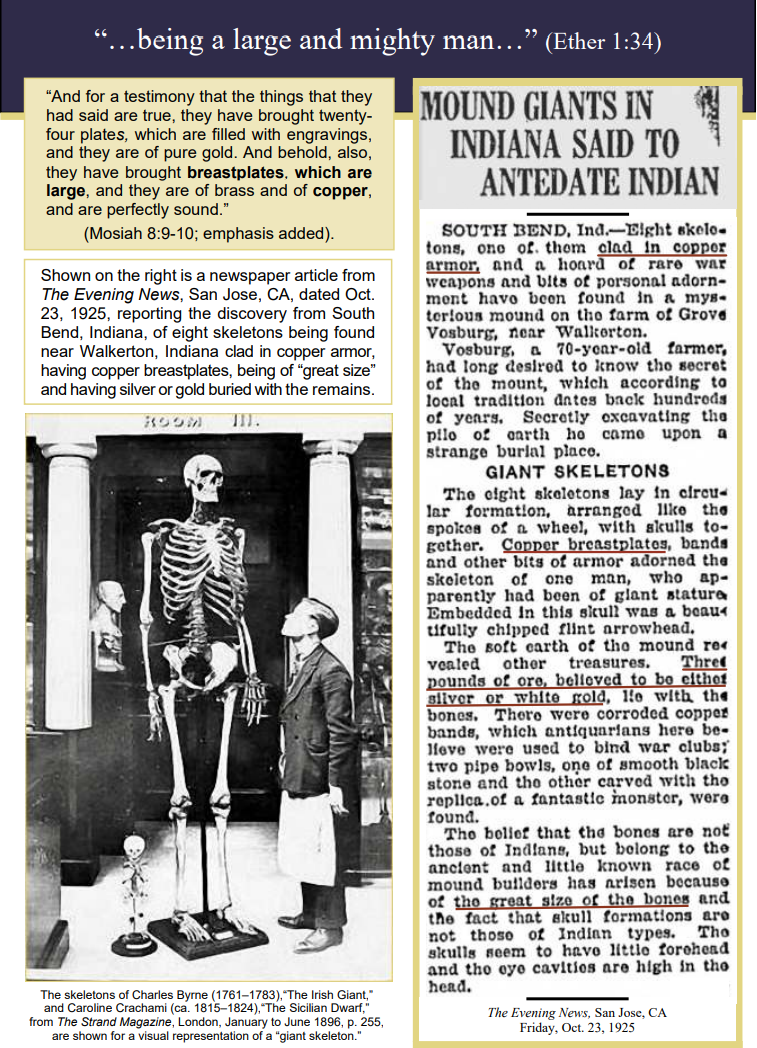
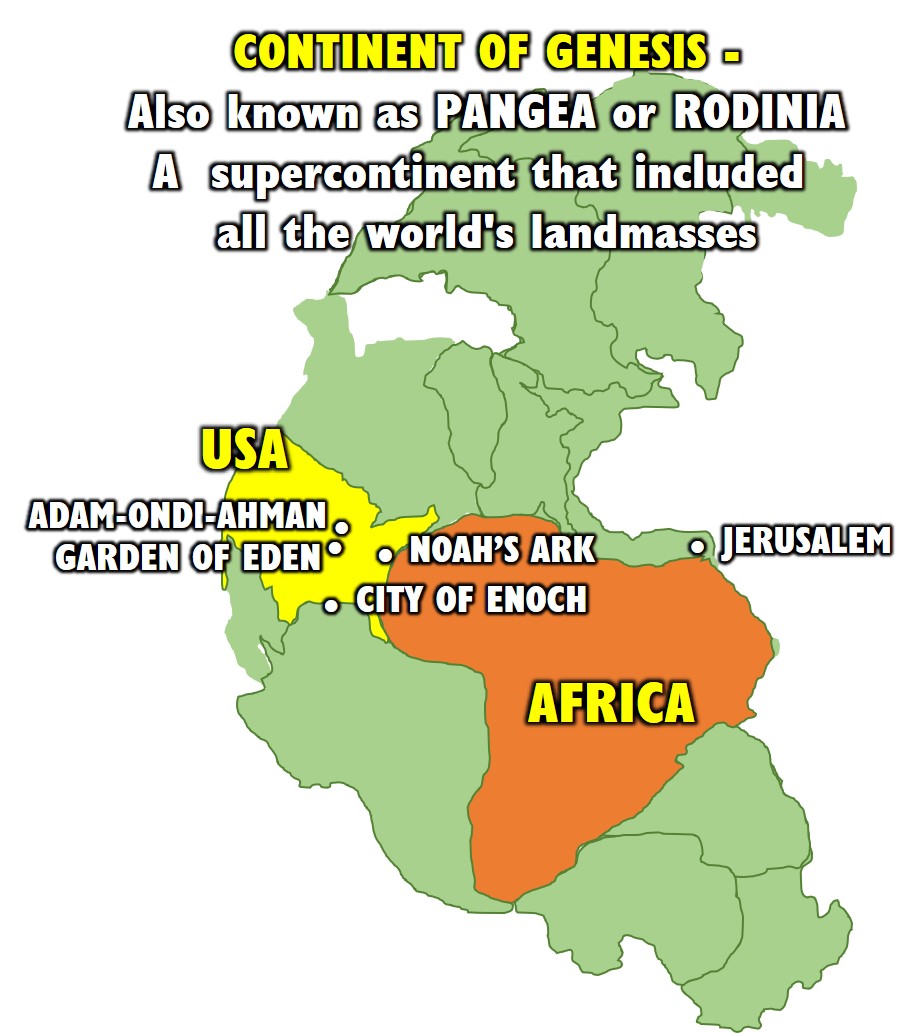



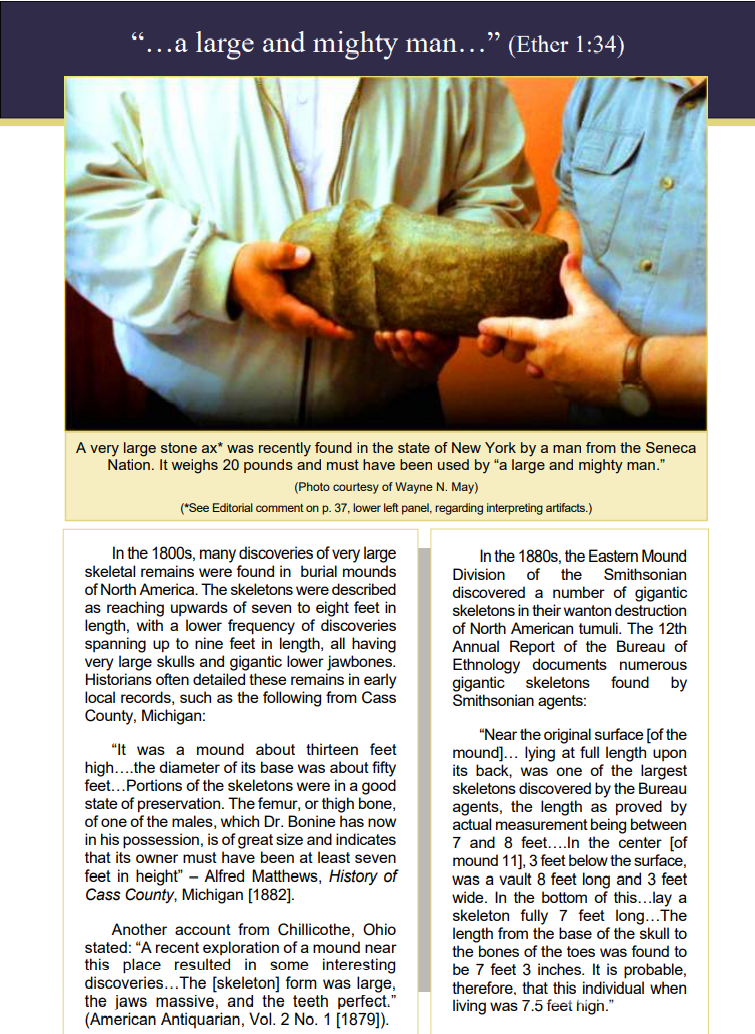


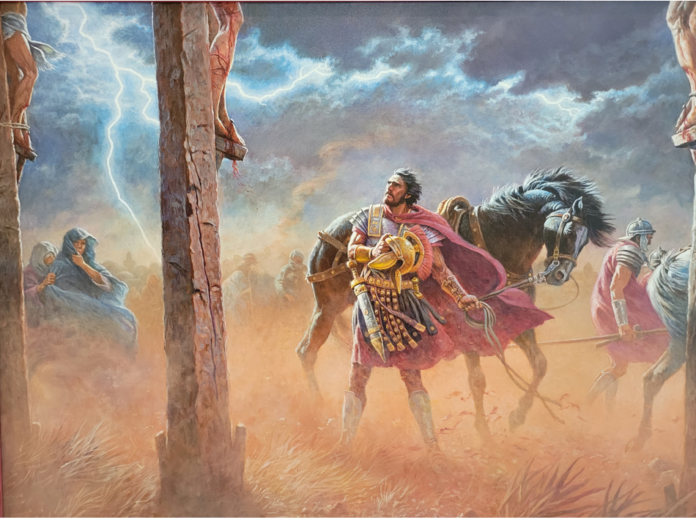
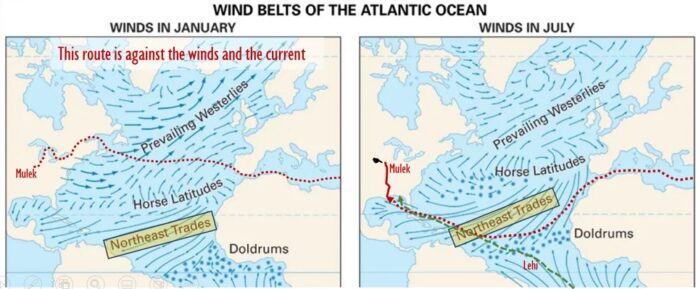

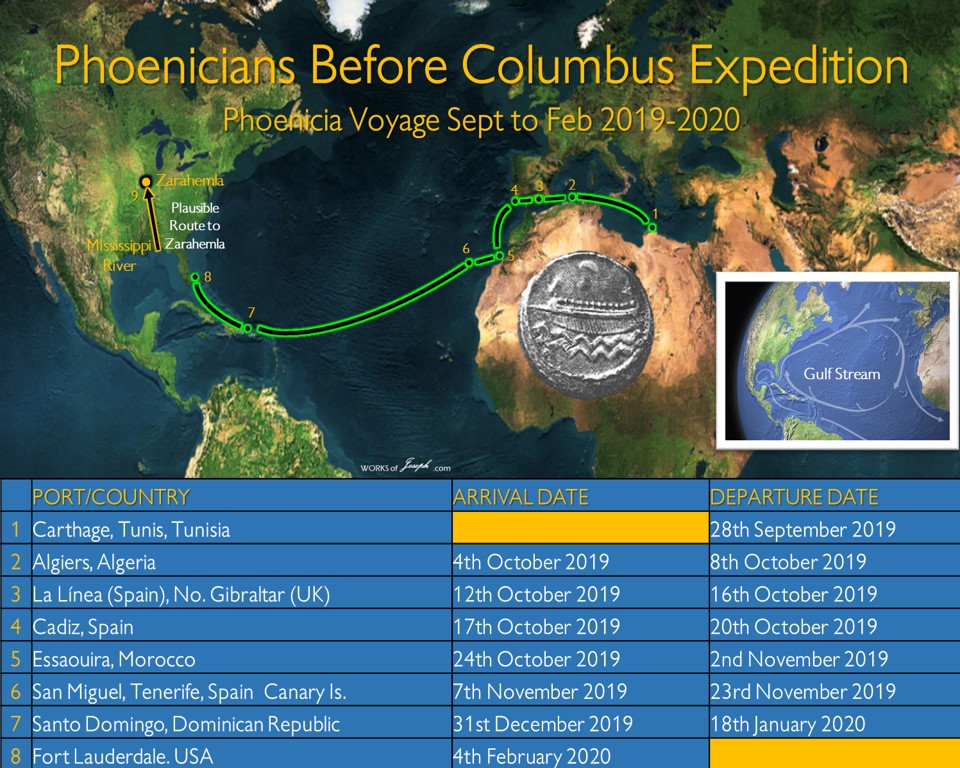 The Phoenicia Voyages by Captain Philip Beale and Team are an ideal test of the veracity of the Book of Mormon accounts. Beale’s voyages of 2009 from Oman to Florida and a later voyage in 2020 from Tunisia to Florida, show not only that the materials and technology of 600 B.C. allowed construction of ocean-going vessels for both Lehi’s group and the Mulekites, but that both groups could have crossed the Atlantic and landed in North America, coming from the east.
The Phoenicia Voyages by Captain Philip Beale and Team are an ideal test of the veracity of the Book of Mormon accounts. Beale’s voyages of 2009 from Oman to Florida and a later voyage in 2020 from Tunisia to Florida, show not only that the materials and technology of 600 B.C. allowed construction of ocean-going vessels for both Lehi’s group and the Mulekites, but that both groups could have crossed the Atlantic and landed in North America, coming from the east.



 Zoom up the attached map and look closely at the black dashed line crossing the Atlantic and entering the US at the St. Lawrence. Notice the line starts in the Middle East and is associated with those of Middle Eastern decent.
Zoom up the attached map and look closely at the black dashed line crossing the Atlantic and entering the US at the St. Lawrence. Notice the line starts in the Middle East and is associated with those of Middle Eastern decent.
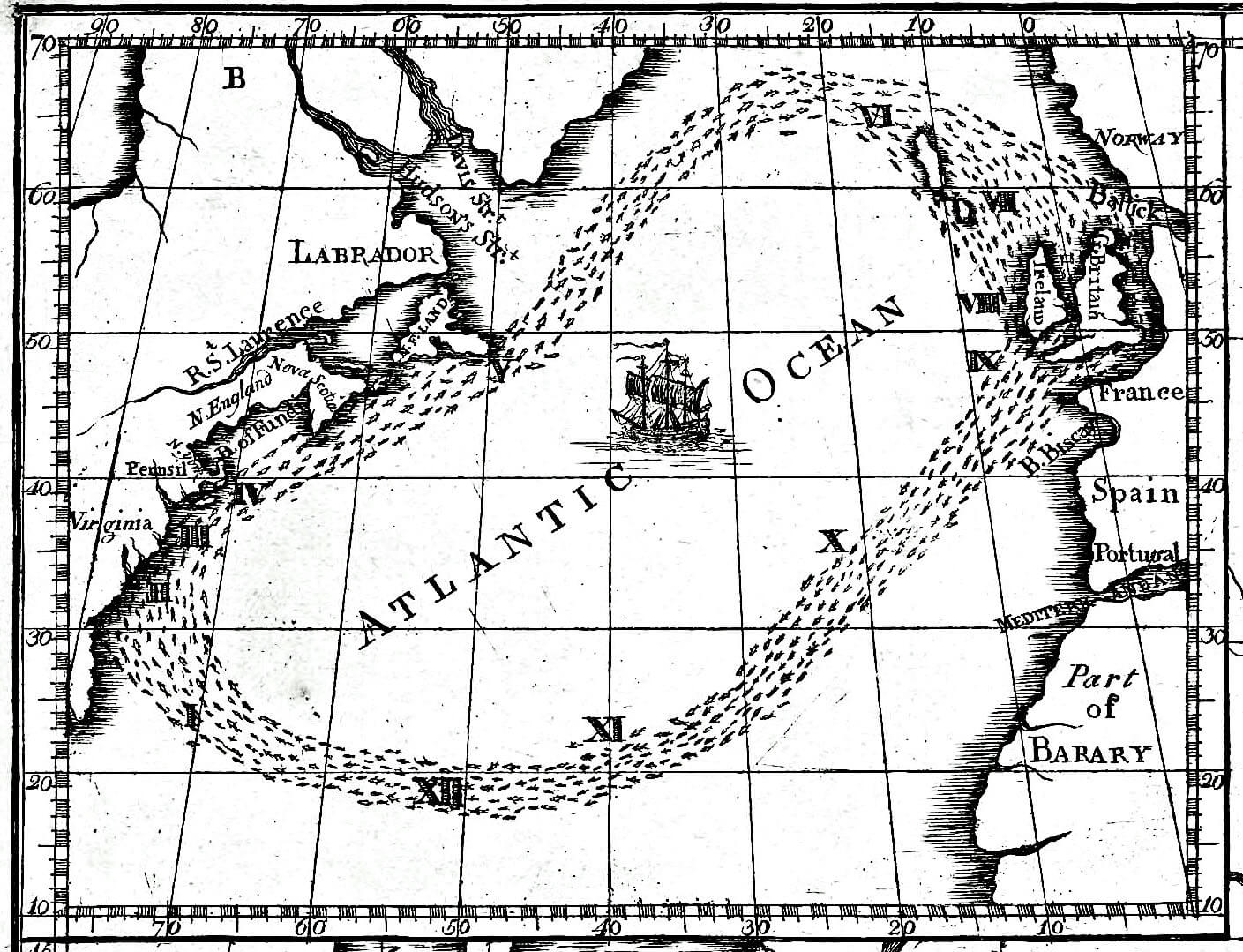
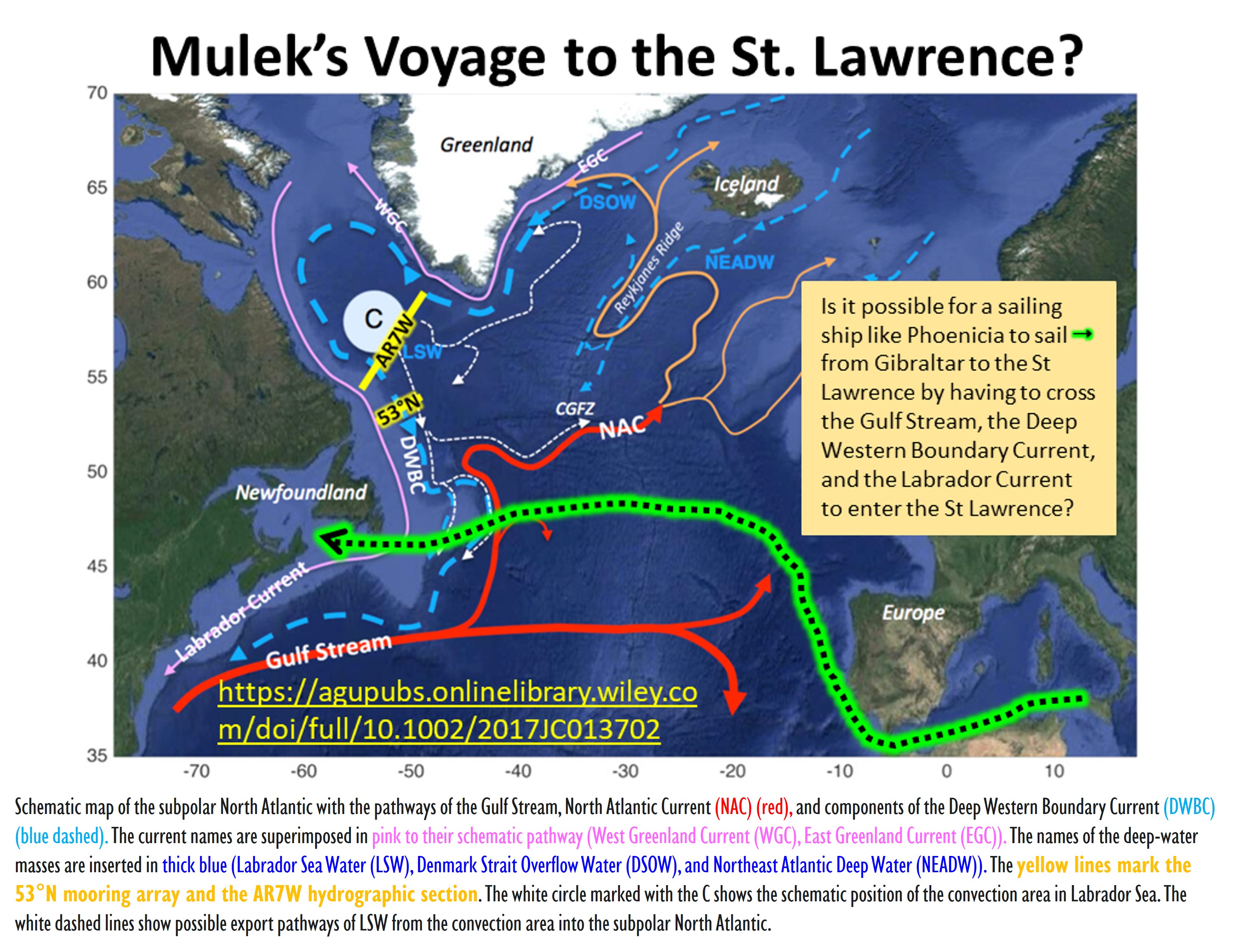


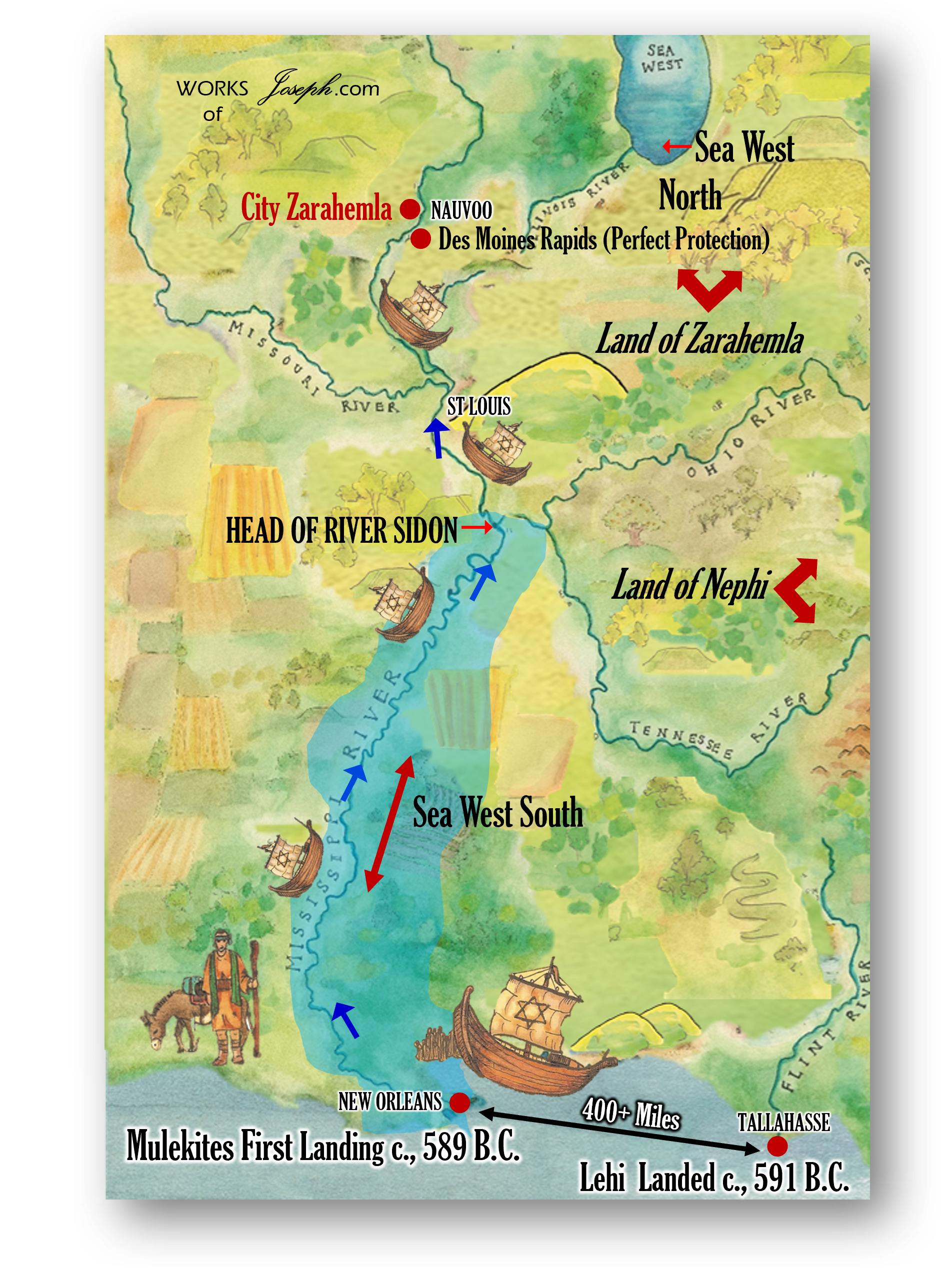


























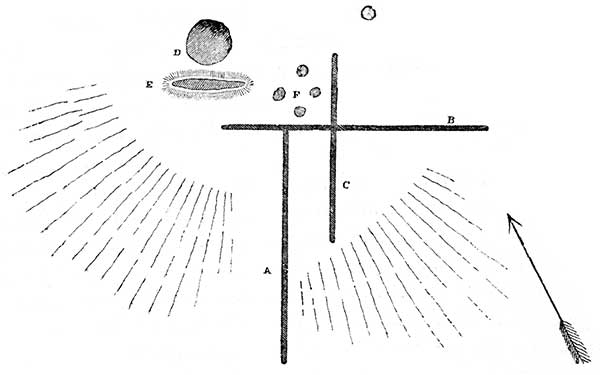
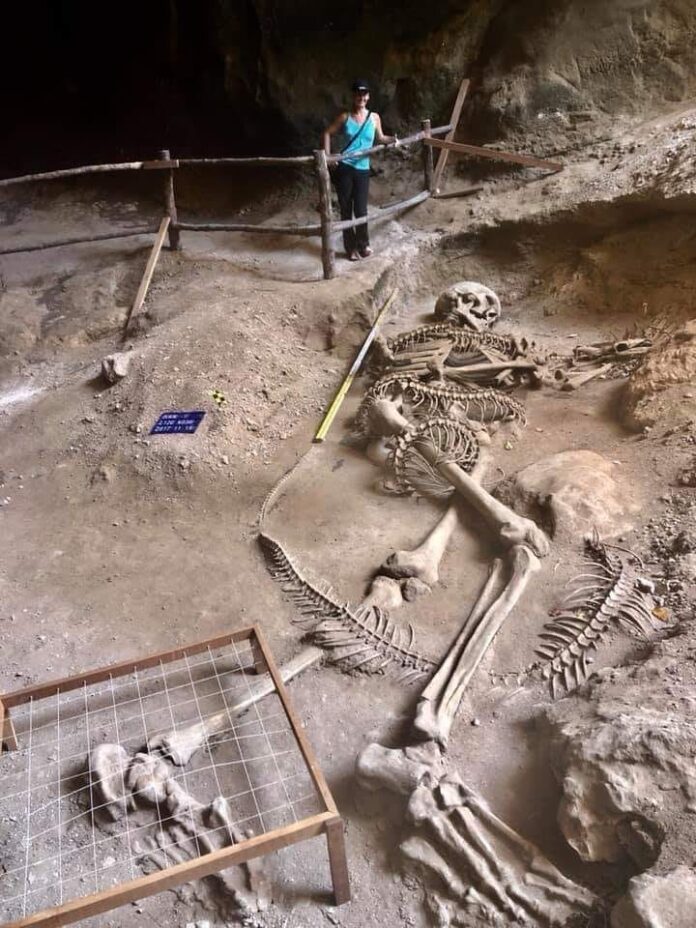


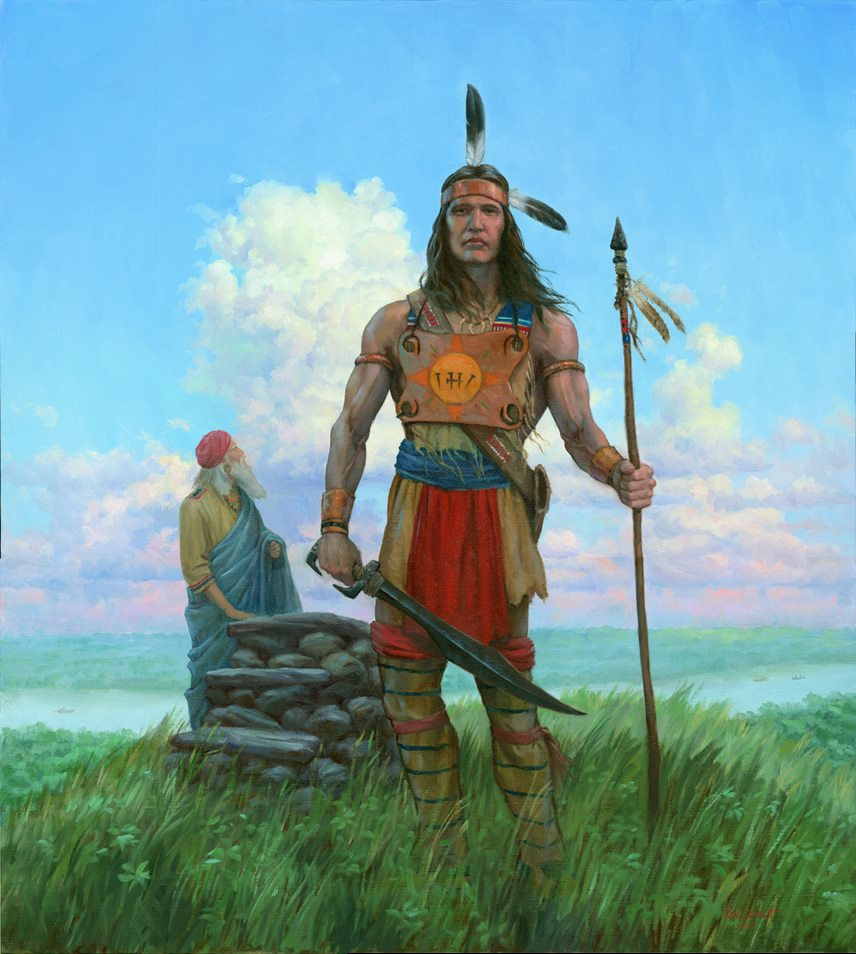
 The other, situated on the point of a commanding bluff, was also conical in form, 50 feet in diameter and about
The other, situated on the point of a commanding bluff, was also conical in form, 50 feet in diameter and about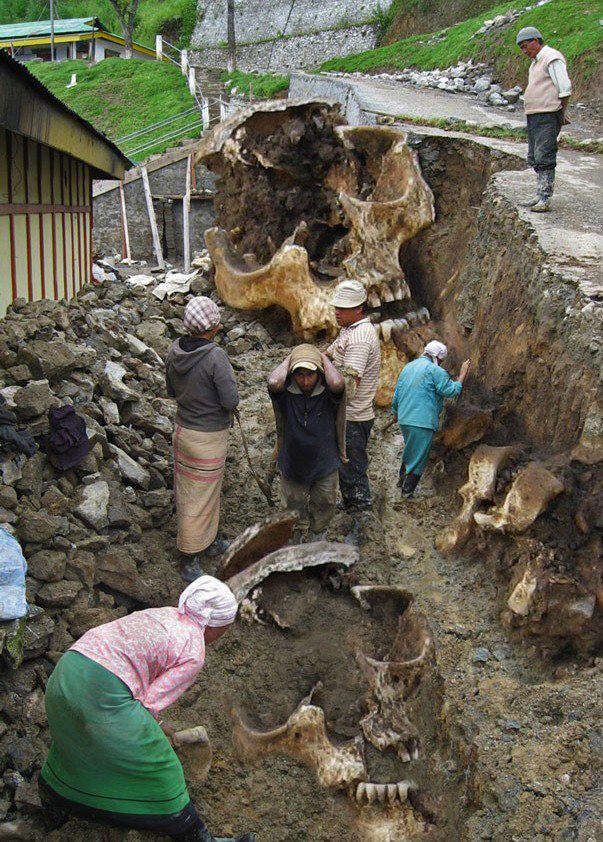 “In 1879, some Indiana archaeologists dug into an ancient burial mound at Brewersville, Indiana, and unearthed a human skeleton that measured
“In 1879, some Indiana archaeologists dug into an ancient burial mound at Brewersville, Indiana, and unearthed a human skeleton that measured 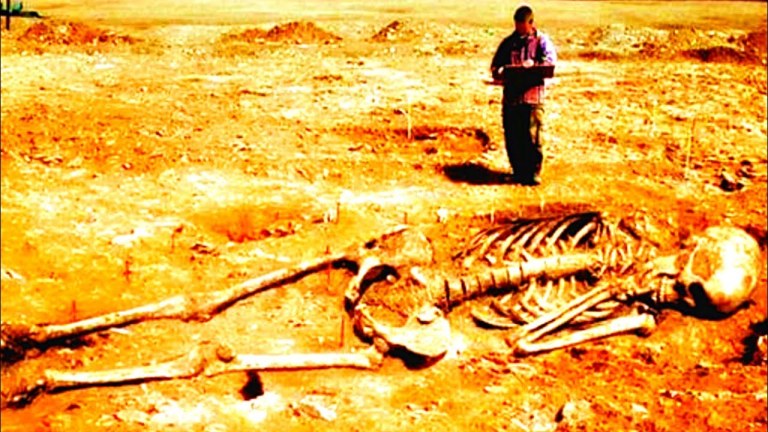 Mrs. Alice Taylor recorded an interesting story of Pike County as follows: “My mother, Clarissa Brenton Laws’ grandfather was George Parker, who died at an early age in Pike County. He was buried in a cemetery on a knob about three miles below Petersburg Indiana. When they thought the grave was dug, one of the men sounded his pick down and it sounded hollow; so they dug some more and
Mrs. Alice Taylor recorded an interesting story of Pike County as follows: “My mother, Clarissa Brenton Laws’ grandfather was George Parker, who died at an early age in Pike County. He was buried in a cemetery on a knob about three miles below Petersburg Indiana. When they thought the grave was dug, one of the men sounded his pick down and it sounded hollow; so they dug some more and 










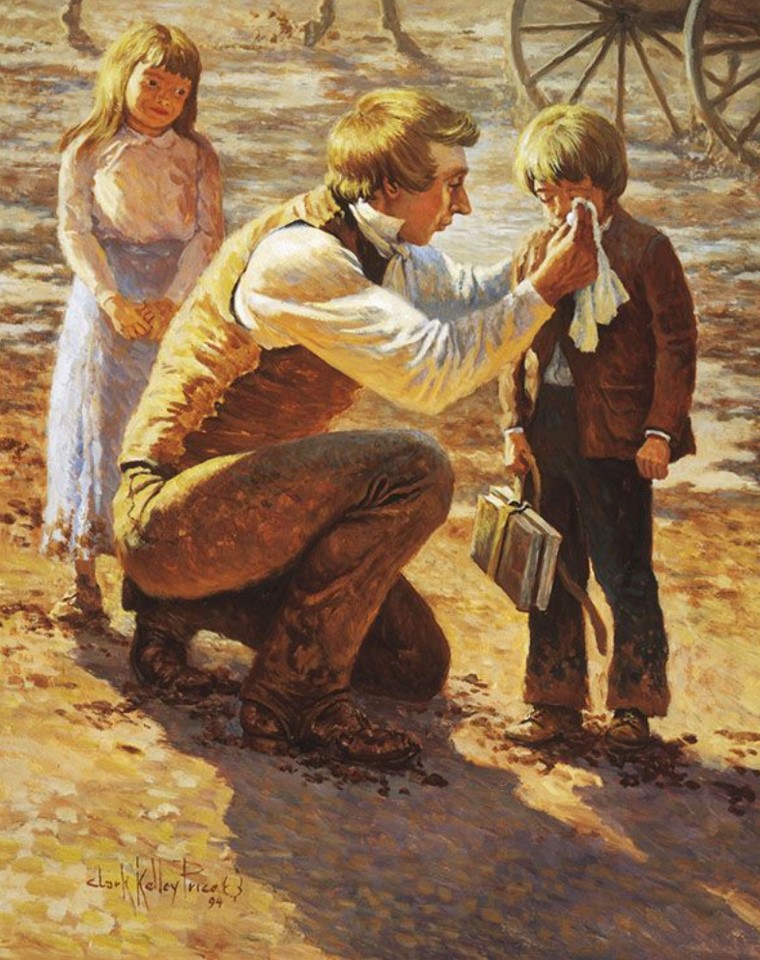

 I had the opportunity to serve my Mission in the Fiji, Suva Mission from 1975 to 1977. This included service in Fiji, Kiribati, formerly known as the Gilbert Islands, and Tuvalu, formerly known as the Ellice Islands. During this incredible time amongst the Children of Israel my testimony was strengthened. I also had the privledge of meeting Elder Groberg in 1976, as he visited our small mission. I then at the end of my mission in Nov 1977 left from Kiribati. and flew to Honolulu to receive my mission release from Elder Groberg who was a Regional Representative serving in Hawaii. I love this great man, Elder Groberg.
I had the opportunity to serve my Mission in the Fiji, Suva Mission from 1975 to 1977. This included service in Fiji, Kiribati, formerly known as the Gilbert Islands, and Tuvalu, formerly known as the Ellice Islands. During this incredible time amongst the Children of Israel my testimony was strengthened. I also had the privledge of meeting Elder Groberg in 1976, as he visited our small mission. I then at the end of my mission in Nov 1977 left from Kiribati. and flew to Honolulu to receive my mission release from Elder Groberg who was a Regional Representative serving in Hawaii. I love this great man, Elder Groberg.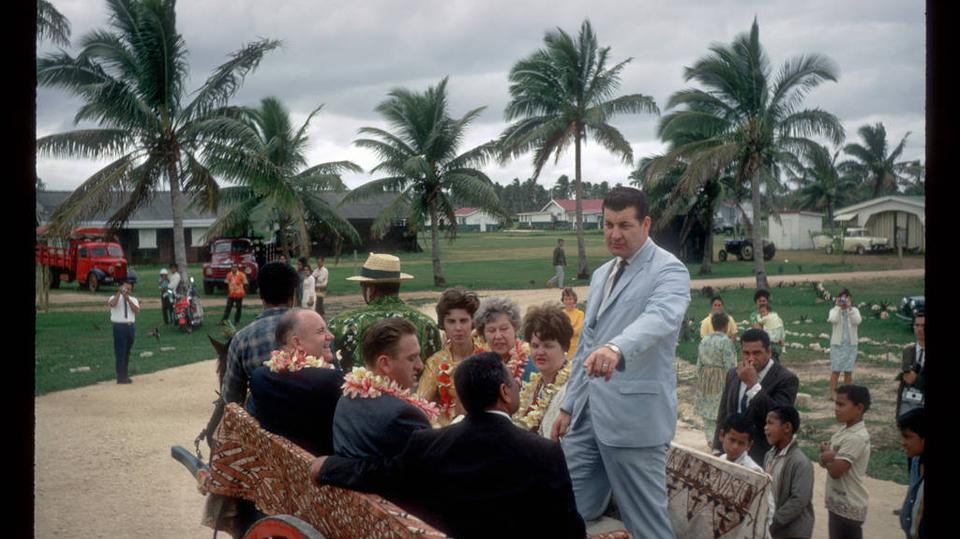 The missionaries asked the family if they had ever heard of the president of the United States. “
The missionaries asked the family if they had ever heard of the president of the United States. “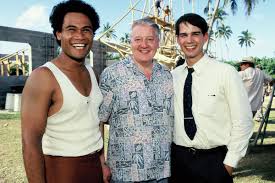
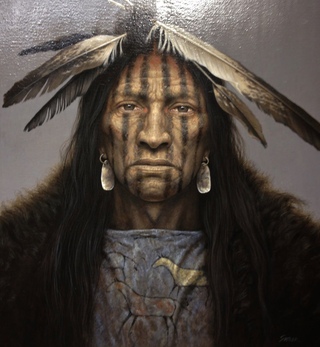
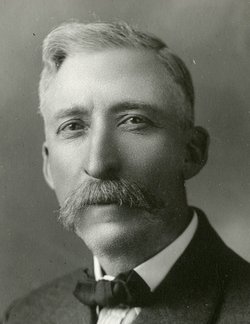
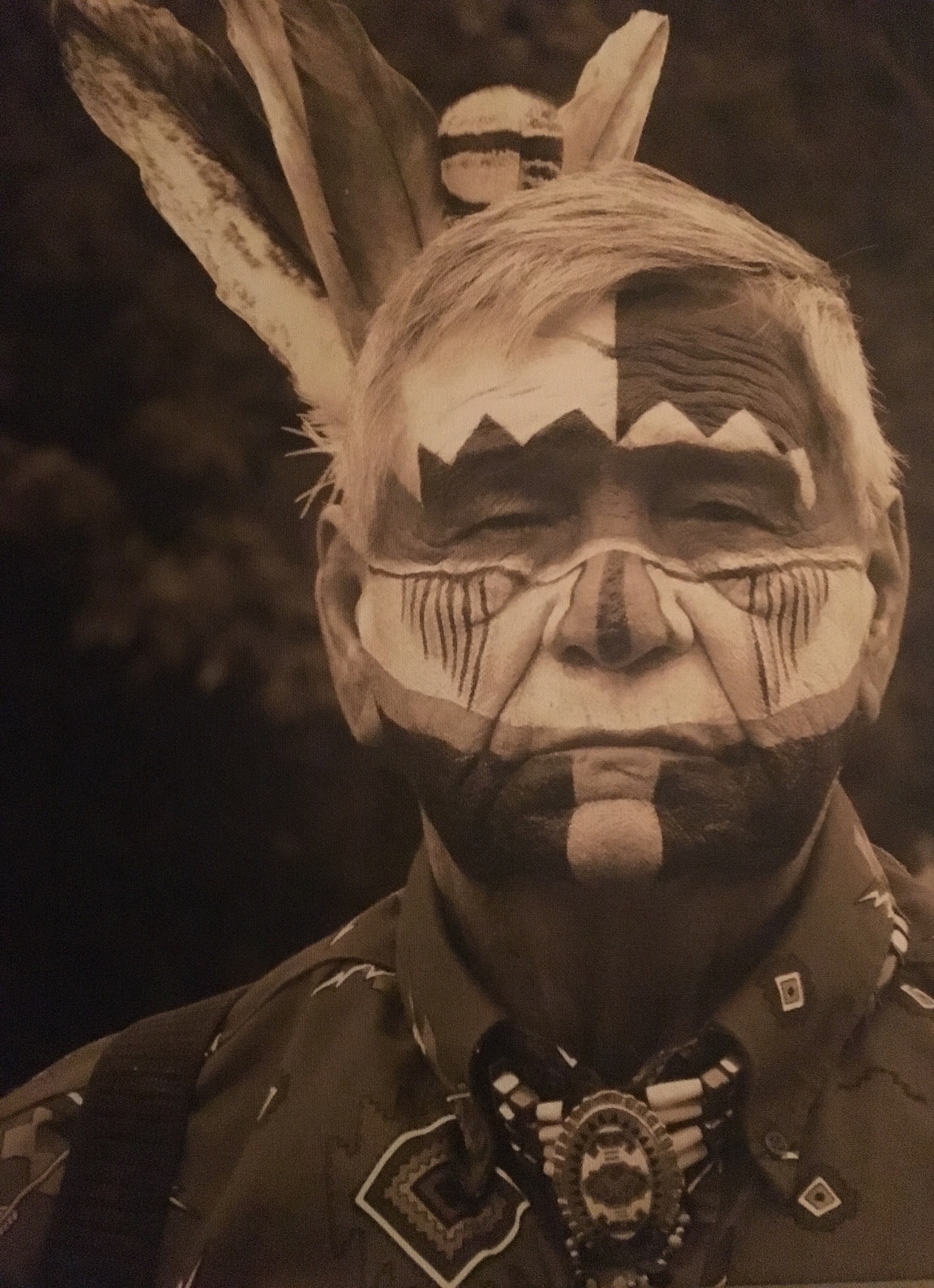

 They came back the next year, and again the third year, and traded and acted much as they did before and never seemed to wish to get acquainted with us, until
They came back the next year, and again the third year, and traded and acted much as they did before and never seemed to wish to get acquainted with us, until 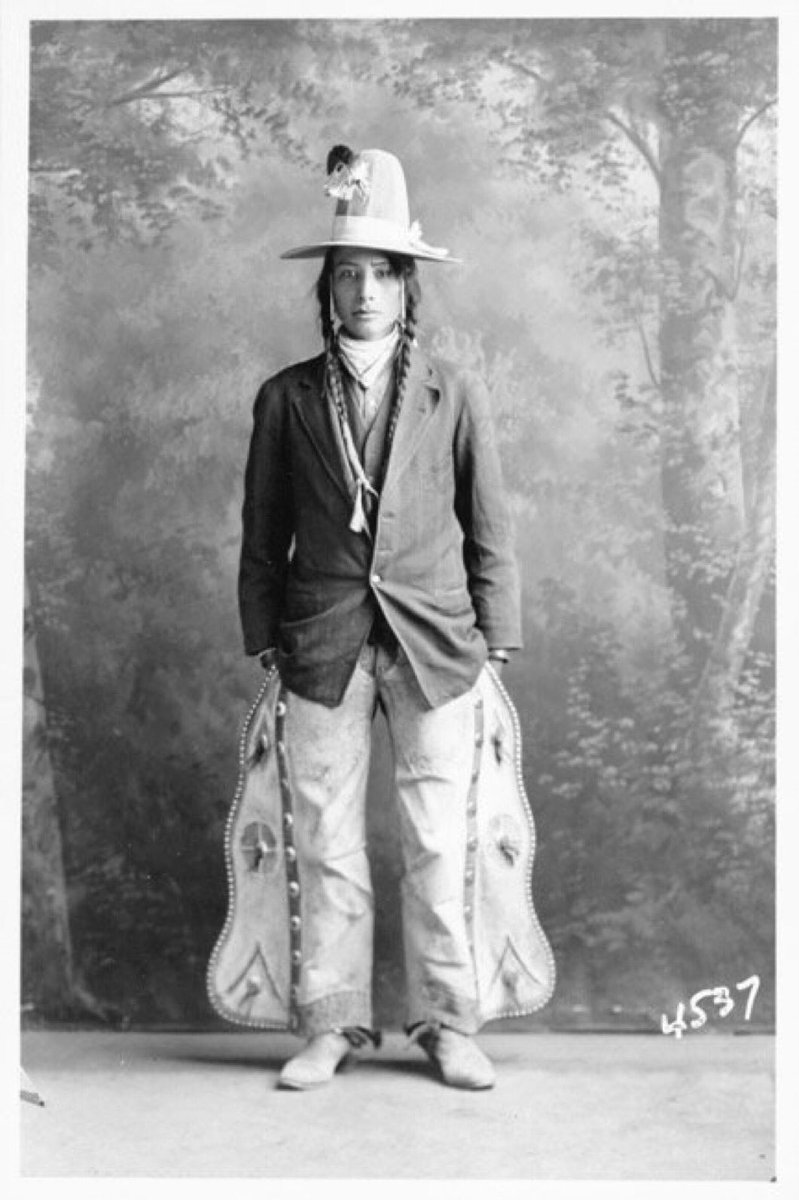 About a week after, they sent for him to come among them again and talk to them once more. He wondered more than ever at their inviting him to talk to them so soon for he knew he had done very little good before. But as
About a week after, they sent for him to come among them again and talk to them once more. He wondered more than ever at their inviting him to talk to them so soon for he knew he had done very little good before. But as 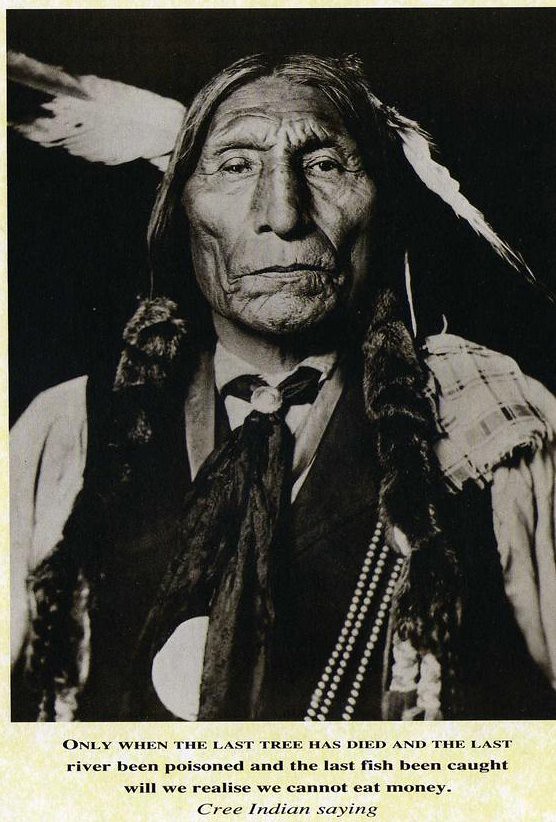 When I woke up, I called my family together and also the Counsel of Five Chiefs (of which I was a member) for our tribe that then lived in Manitoba was large, and
When I woke up, I called my family together and also the Counsel of Five Chiefs (of which I was a member) for our tribe that then lived in Manitoba was large, and  I asked them how I would know the people who had the book that would tell my live Indian friends all about who they were and about their dead relatives; and they gave me these
I asked them how I would know the people who had the book that would tell my live Indian friends all about who they were and about their dead relatives; and they gave me these  Yellow Face had grown quite eloquent in telling of his wonderful experience among the dead-yet-living Indians, as he termed them, and before he sat down, he asked for the Book.
Yellow Face had grown quite eloquent in telling of his wonderful experience among the dead-yet-living Indians, as he termed them, and before he sat down, he asked for the Book.  He then took the Book of Mormon, calling it their long lost Book, and wrapped it among their valuables, which they always carry in a separate buckskin sack, and hang it apart from any other belongings on a tripod in front of the head Chief’s lodge. These articles are held sacred by the tribe and are exhibited only on rare occasions.
He then took the Book of Mormon, calling it their long lost Book, and wrapped it among their valuables, which they always carry in a separate buckskin sack, and hang it apart from any other belongings on a tripod in front of the head Chief’s lodge. These articles are held sacred by the tribe and are exhibited only on rare occasions.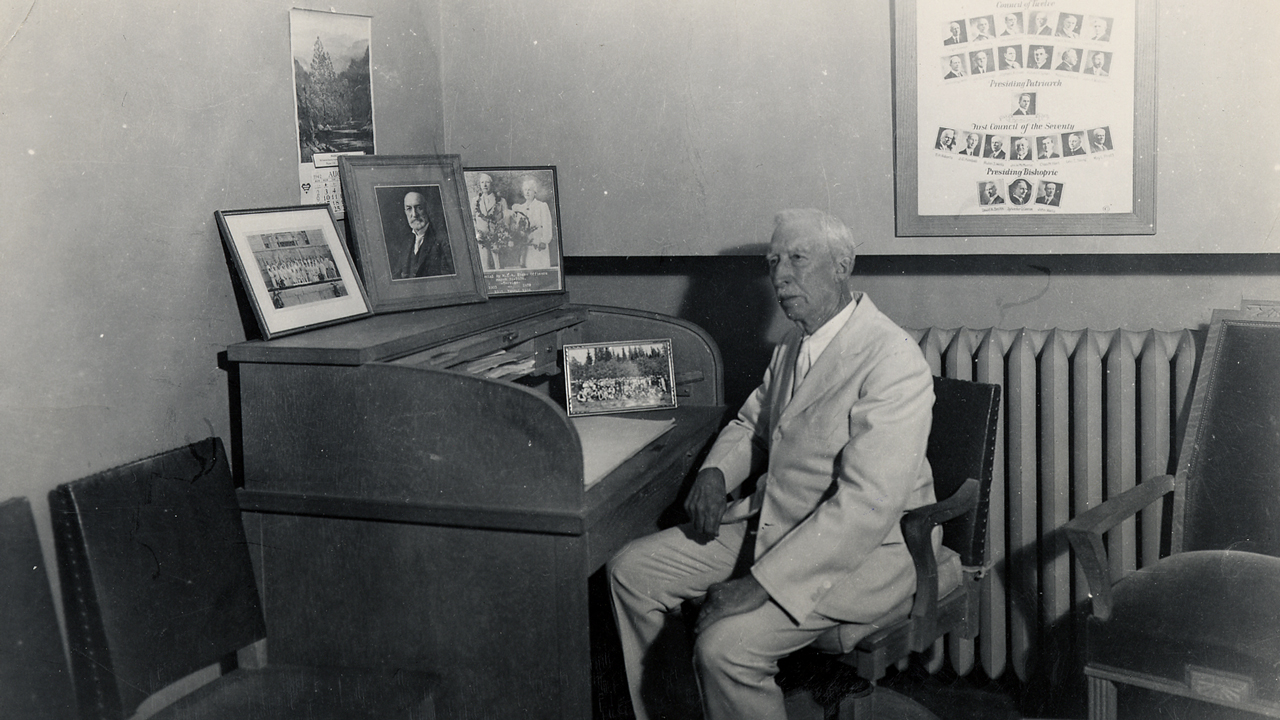
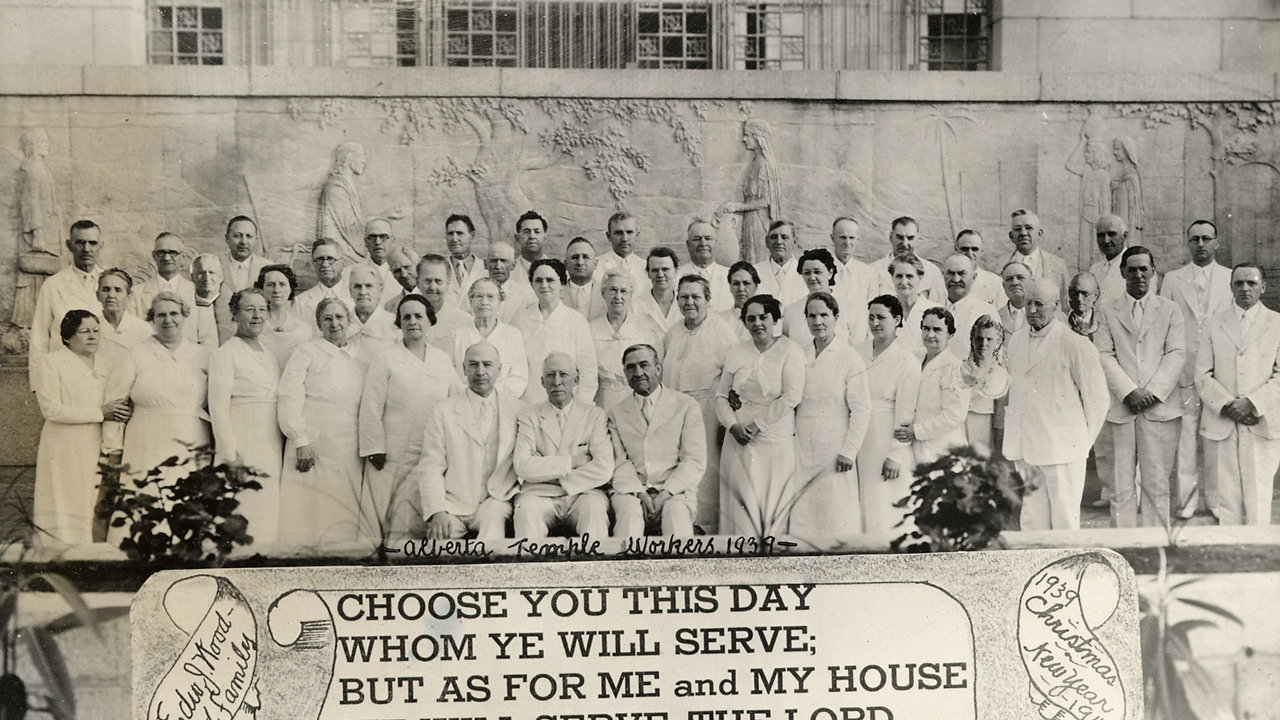

 Nephi said, “Now I, Nephi, did not work the timbers after the manner which was learned by men, neither did I build the ship after the manner of men; but I did build it after the manner which the Lord had shown unto me; wherefore, it was not after the manner of men.” 1 Nephi 18:2 About 590 BC
Nephi said, “Now I, Nephi, did not work the timbers after the manner which was learned by men, neither did I build the ship after the manner of men; but I did build it after the manner which the Lord had shown unto me; wherefore, it was not after the manner of men.” 1 Nephi 18:2 About 590 BC
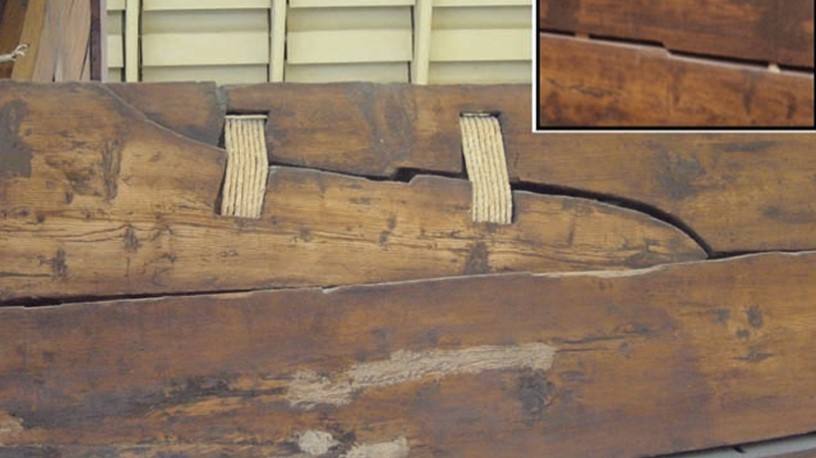
 Remember about this same time somewhere near Jerusalem after the Temple was destroyed, a the last Prophet of Judah, named Zedikiah lived.”
Remember about this same time somewhere near Jerusalem after the Temple was destroyed, a the last Prophet of Judah, named Zedikiah lived.”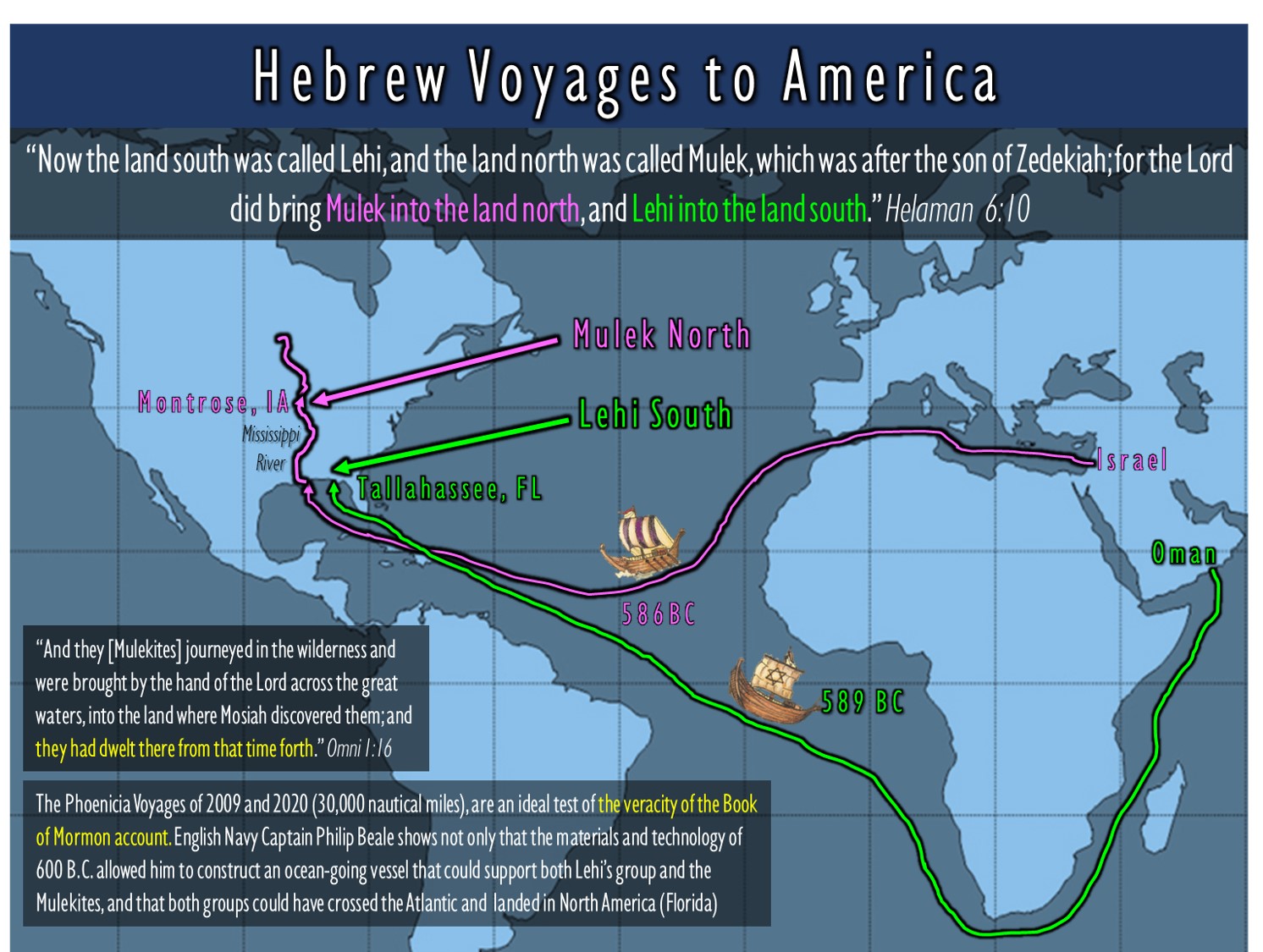
 This quote above validates my personal belief that the Jaredites “did build [Their First Set of] barges, in which they did cross many waters, being directed continually by the hand of the Lord.” Ether 2:6. They crossed “many waters” (Not Great Sea, Ocean) but beginning near (Kuwait), or
This quote above validates my personal belief that the Jaredites “did build [Their First Set of] barges, in which they did cross many waters, being directed continually by the hand of the Lord.” Ether 2:6. They crossed “many waters” (Not Great Sea, Ocean) but beginning near (Kuwait), or  “Sailing was invented more than 7000 years ago. The first presented model of a ship under sail appears on a painted disc found in ancient Mesopotamia between 5500 and 5000 BCE. In modern-day Iraq-Kuwait. Another record appears on an Egyptian vase about 3500 BC. These sailing ships sailed on the Nile, Tigris, and Euphrates River.”
“Sailing was invented more than 7000 years ago. The first presented model of a ship under sail appears on a painted disc found in ancient Mesopotamia between 5500 and 5000 BCE. In modern-day Iraq-Kuwait. Another record appears on an Egyptian vase about 3500 BC. These sailing ships sailed on the Nile, Tigris, and Euphrates River.”  “The prospect of navigating through a featureless landscape – like the sea at night – is still a daunting one for the uninitiated, and the fact that ancient cultures were able to achieve it is a testament to human ingenuity…
“The prospect of navigating through a featureless landscape – like the sea at night – is still a daunting one for the uninitiated, and the fact that ancient cultures were able to achieve it is a testament to human ingenuity…

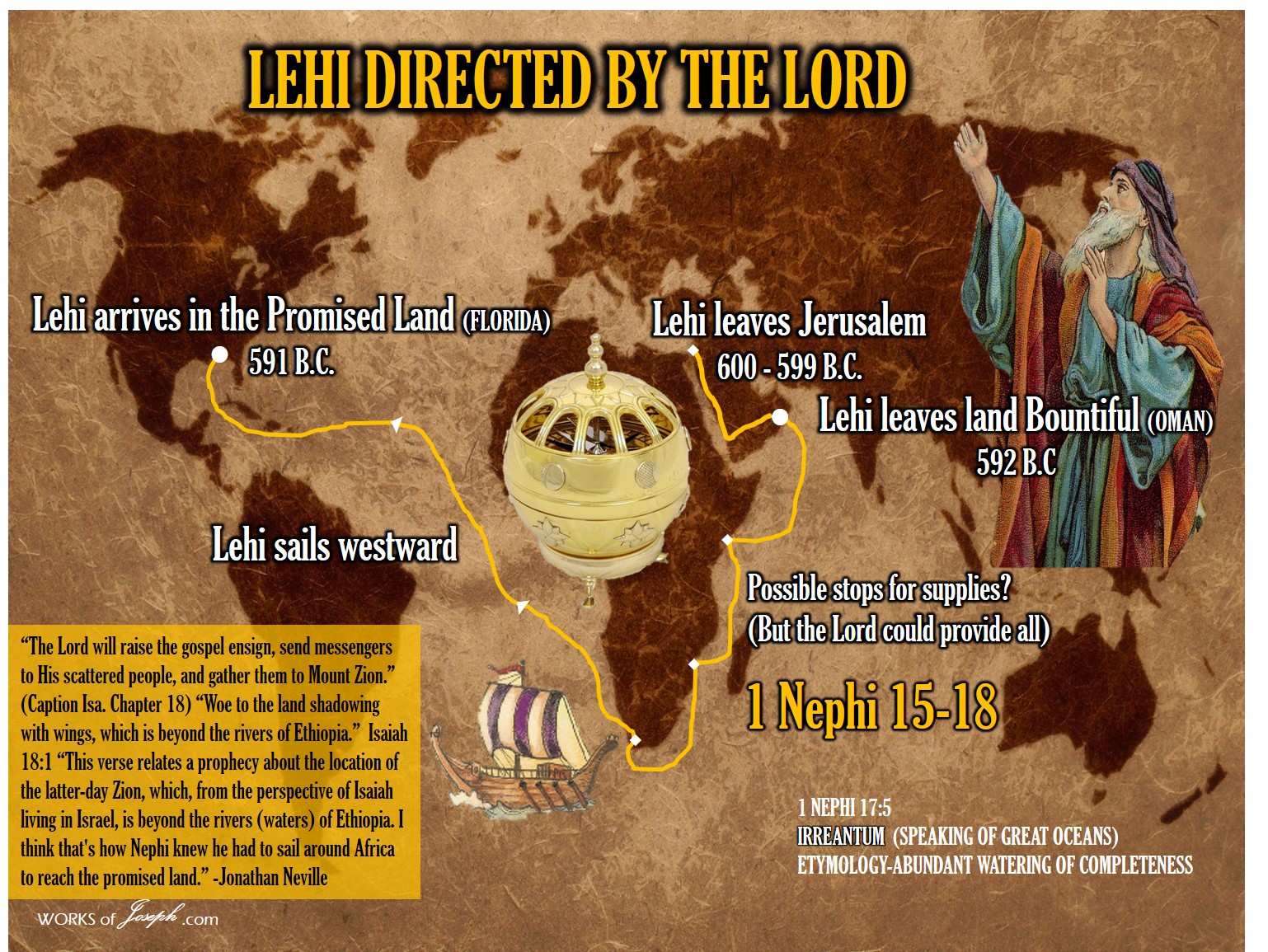
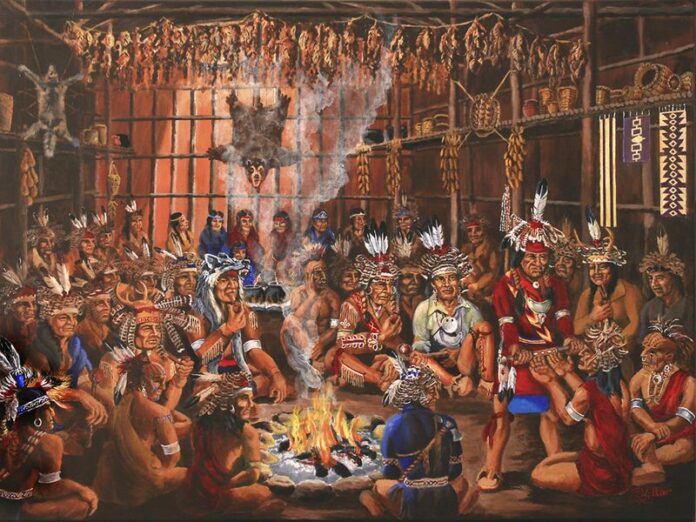
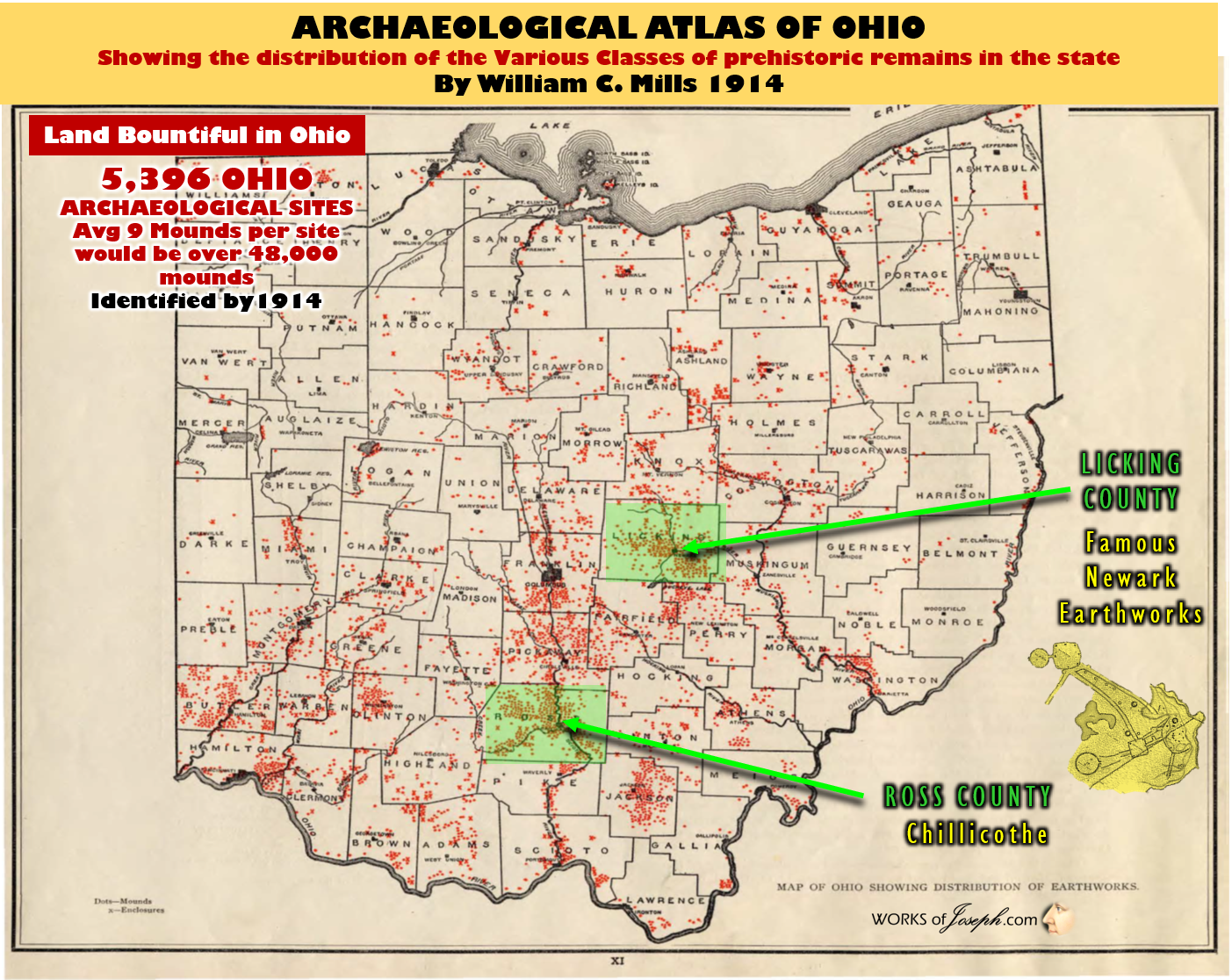
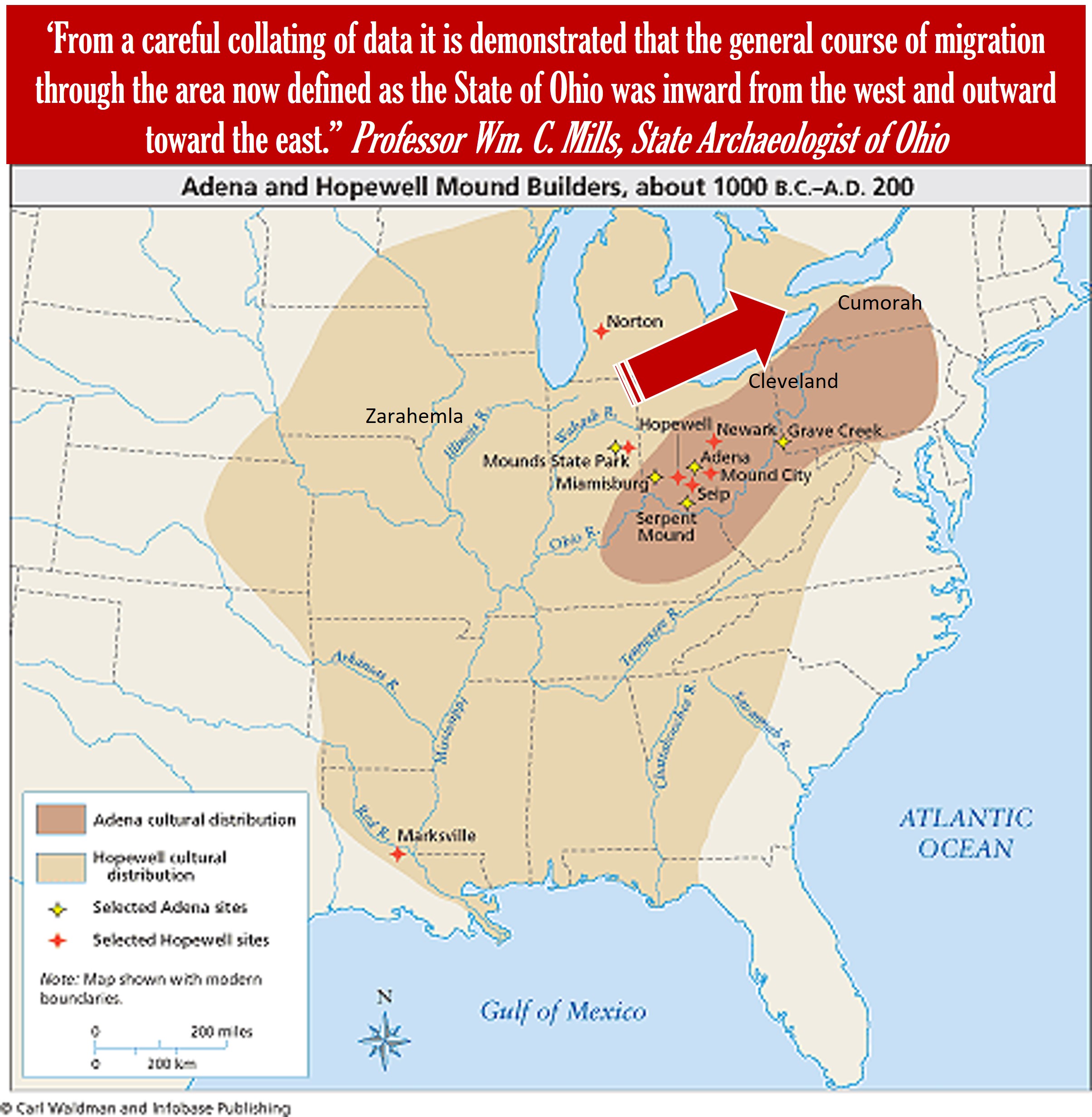
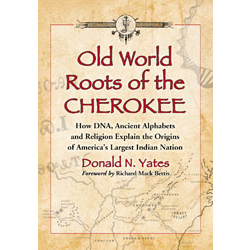
 “Centuries before the creation of the United States and its Constitution, democracy had already taken root in North America—among a handful of Indigenous nations. Known as the Iroquois Confederacy, or Haudenosaunee, this league of nations emerged among five northeast woodlands tribes that had been plagued by wars of retribution and violence for many generations. The Haudenosaunee (“people of the longhouse”) originally included the Mohawk, Oneida, Onondaga, Cayuga and Seneca nations. In the 1700s, the Tuscarora became the sixth. Guided by the Great Law of Peace—their own constitution—this league came to jointly govern, while recognizing the sovereignty of each nation. The Great Law of Peace, credited largely to two visionary culture heroes, Hiawatha and Deganawida (a.k.a. “The Peacemaker”), established a model for federalism, separation of powers and participatory democracy that would inspire leaders like Benjamin Franklin and James Madison during the formation of the United States. It also conferred significant power and status to women in Iroquois culture…
“Centuries before the creation of the United States and its Constitution, democracy had already taken root in North America—among a handful of Indigenous nations. Known as the Iroquois Confederacy, or Haudenosaunee, this league of nations emerged among five northeast woodlands tribes that had been plagued by wars of retribution and violence for many generations. The Haudenosaunee (“people of the longhouse”) originally included the Mohawk, Oneida, Onondaga, Cayuga and Seneca nations. In the 1700s, the Tuscarora became the sixth. Guided by the Great Law of Peace—their own constitution—this league came to jointly govern, while recognizing the sovereignty of each nation. The Great Law of Peace, credited largely to two visionary culture heroes, Hiawatha and Deganawida (a.k.a. “The Peacemaker”), established a model for federalism, separation of powers and participatory democracy that would inspire leaders like Benjamin Franklin and James Madison during the formation of the United States. It also conferred significant power and status to women in Iroquois culture…

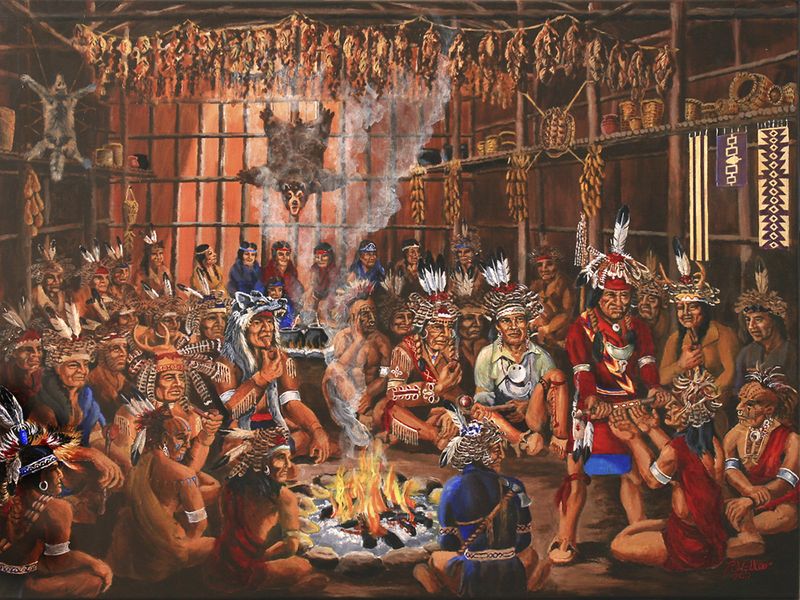
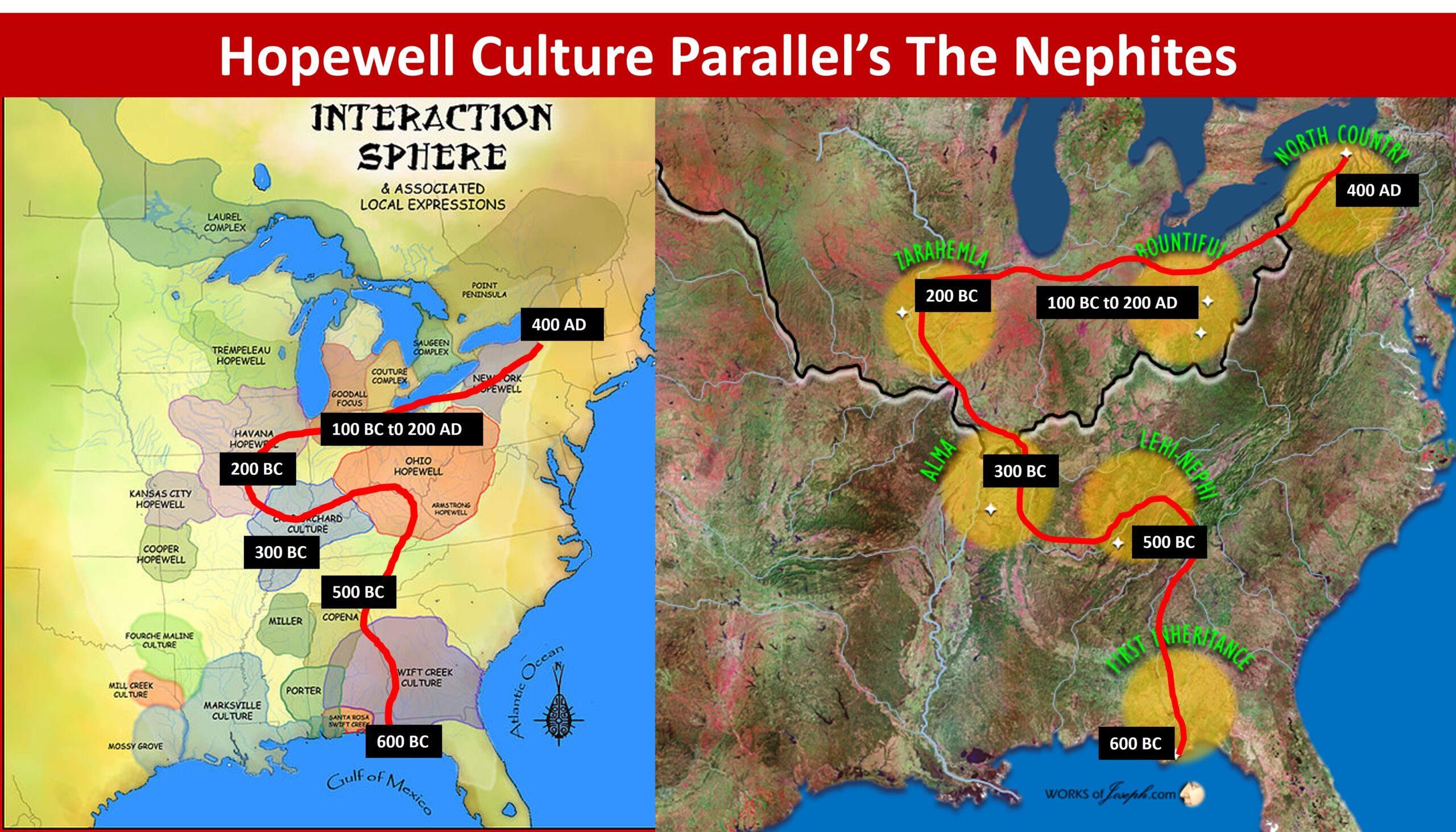
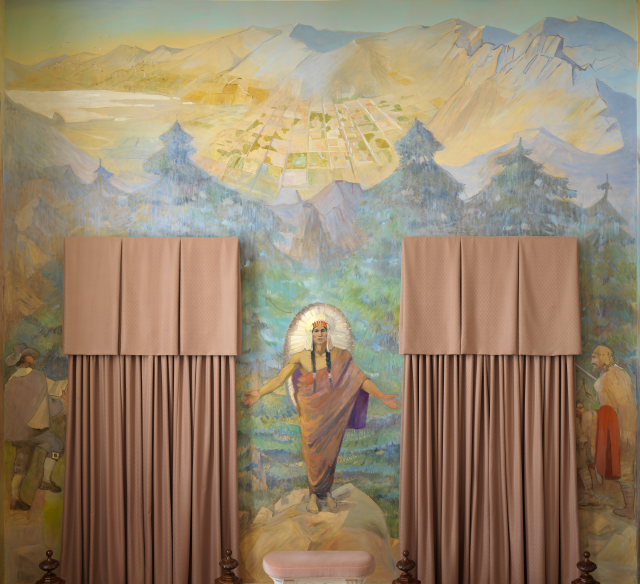


 Below is what Book of Mormon Archaeological Forum defines as Records and Writings in their A to Z glossary.
Below is what Book of Mormon Archaeological Forum defines as Records and Writings in their A to Z glossary.  Golden R. Buchanan was a member of The Church of Jesus Christ of Latter-day Saints. He devoted 16 years to missionary service as president of the Southwest Indian Mission and Salt Lake Regional Mission. He was Indian coordinator for the church and was known for his work with the Indian people. He was known by some as the “
Golden R. Buchanan was a member of The Church of Jesus Christ of Latter-day Saints. He devoted 16 years to missionary service as president of the Southwest Indian Mission and Salt Lake Regional Mission. He was Indian coordinator for the church and was known for his work with the Indian people. He was known by some as the “ “I had never joined any church because the ministers and the priests did not teach the Bible as I read it.
“I had never joined any church because the ministers and the priests did not teach the Bible as I read it.  Navajo tradition tells that a man and his wife and four sons came to this land a long time ago. They have, in their native language, the names of these four sons, but I cannot write them.
Navajo tradition tells that a man and his wife and four sons came to this land a long time ago. They have, in their native language, the names of these four sons, but I cannot write them. In many dances, which are largely prayers,
In many dances, which are largely prayers, 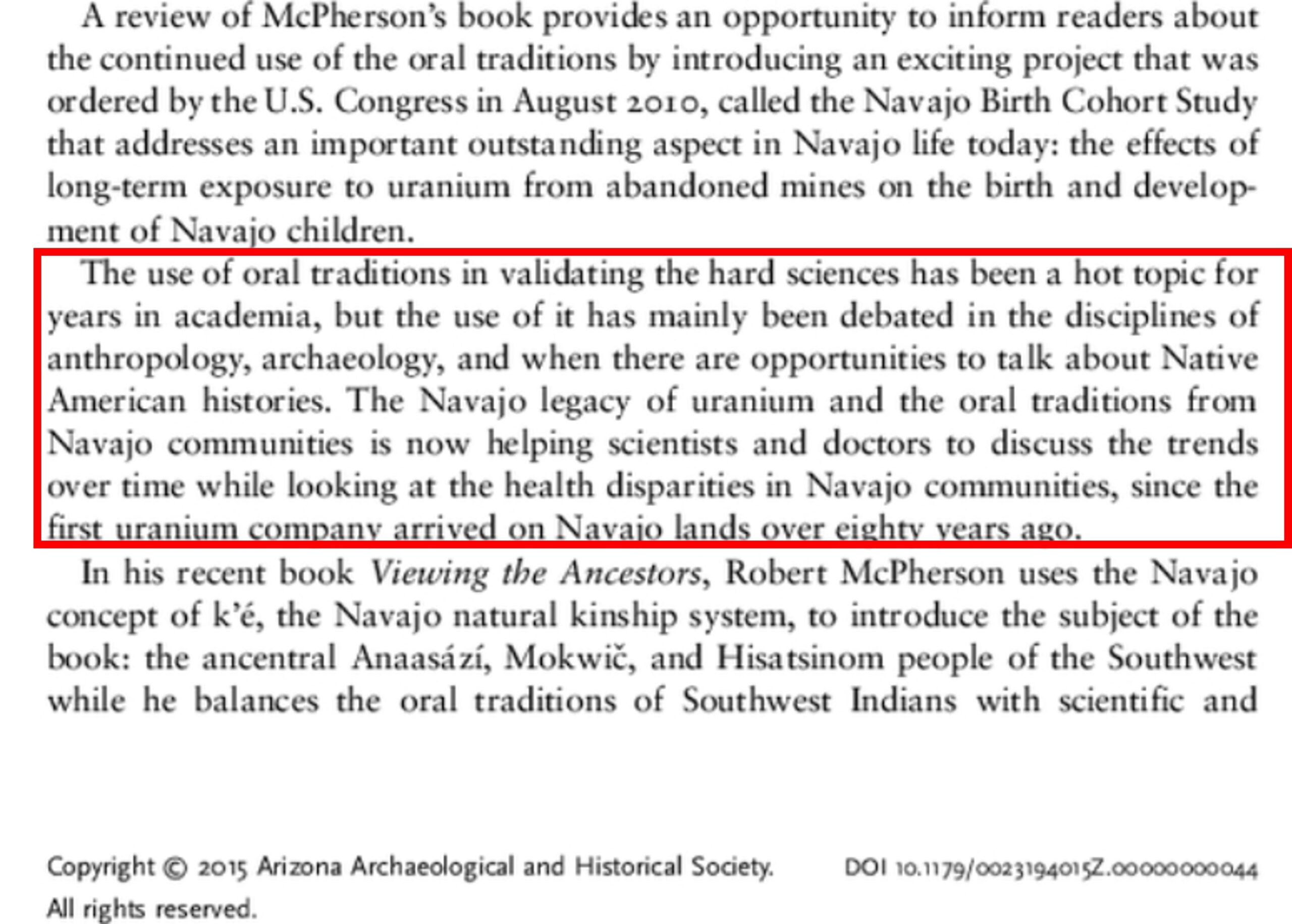


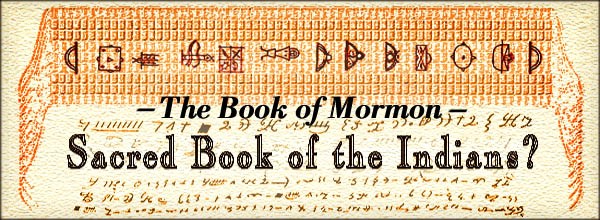
 MORMON APOLOGIST E. Cecil McGavin, in relating to his readers some ancient traditions of the North American Indians, made this remarkable statement in 1947:
The American aborigines, “assert that
MORMON APOLOGIST E. Cecil McGavin, in relating to his readers some ancient traditions of the North American Indians, made this remarkable statement in 1947:
The American aborigines, “assert that  Elder McGavin was not the first LDS writer to relate this unusual story. A very similar quote (with a reference citation matching one of McGavin’s) can be read in a Mormon magazine published in 1886. There the writer, George Reynolds, the former private secretary to Brigham Young, has this to say:
A book published in London, England, in 1833, by a Mr. C. Colton, on the origin of the American Indians bears testimony to this same tradition. It is therein stated: “They assert that a book was once in possession of their ancestors, and along with this recognition they have traditions that the Great Spirit used to foretell to their forefathers future events; that he controlled nature in their favor; that angels once talked with them; that all the Indian tribes descended from one man, who had twelve sons; that this man was a notable and renowned prince, having great dominions, and that the Indians, his posterity, will yet recover the same dominion and influence. They believe, by tradition, that the spirit of prophecy and miraculous interposition, once enjoyed by their ancestors, will yet be restored to them, and that they will recover the book, all of which has been so long lost.” “View of the Hebrews” Juvenile Instructor XXXVII:19 (Oct. 1, 1902)
Elder Reynolds is not exactly specific about which “Mr. C. Colton” he is quoting from. He says he is referring to a certain 1833 “book published in London… on the origin of the American Indians.” Luckily only one book fits that description. Two other LDS writers provide its title, after quoting from the same text:
Jacob and his twelve sons are found in the legends of the American Indians. Some of the tribes “used to build an altar of twelve stones in memory of a great ancestor of theirs who had twelve sons.”
“They have traditions that all Indian tribes descended from one man who had twelve sons. That this man was a notable and renowned prince, having great dominion; and that the Indians, his posterity, will yet recover the same dominion and influence.” (Calvin Colton, Origin of the American Indians, London, 1833., cf. Mill. Star 6:67.) John A. Widtsoe and Franklin S. Harris, Jr. Seven Claims of The Book of Mormon Independence: Zion’s Printing and Pub. Co., 1935, 1937, p. 101
Elder McGavin was not the first LDS writer to relate this unusual story. A very similar quote (with a reference citation matching one of McGavin’s) can be read in a Mormon magazine published in 1886. There the writer, George Reynolds, the former private secretary to Brigham Young, has this to say:
A book published in London, England, in 1833, by a Mr. C. Colton, on the origin of the American Indians bears testimony to this same tradition. It is therein stated: “They assert that a book was once in possession of their ancestors, and along with this recognition they have traditions that the Great Spirit used to foretell to their forefathers future events; that he controlled nature in their favor; that angels once talked with them; that all the Indian tribes descended from one man, who had twelve sons; that this man was a notable and renowned prince, having great dominions, and that the Indians, his posterity, will yet recover the same dominion and influence. They believe, by tradition, that the spirit of prophecy and miraculous interposition, once enjoyed by their ancestors, will yet be restored to them, and that they will recover the book, all of which has been so long lost.” “View of the Hebrews” Juvenile Instructor XXXVII:19 (Oct. 1, 1902)
Elder Reynolds is not exactly specific about which “Mr. C. Colton” he is quoting from. He says he is referring to a certain 1833 “book published in London… on the origin of the American Indians.” Luckily only one book fits that description. Two other LDS writers provide its title, after quoting from the same text:
Jacob and his twelve sons are found in the legends of the American Indians. Some of the tribes “used to build an altar of twelve stones in memory of a great ancestor of theirs who had twelve sons.”
“They have traditions that all Indian tribes descended from one man who had twelve sons. That this man was a notable and renowned prince, having great dominion; and that the Indians, his posterity, will yet recover the same dominion and influence.” (Calvin Colton, Origin of the American Indians, London, 1833., cf. Mill. Star 6:67.) John A. Widtsoe and Franklin S. Harris, Jr. Seven Claims of The Book of Mormon Independence: Zion’s Printing and Pub. Co., 1935, 1937, p. 101
 The Rev. Calvin Colton (1789-1857) is not known to have ever produced a book called Origin of the American Indians, but he did write one with this lengthy title: “Tour of the American Lakes, and among the Indians of the North-west territory, in 1830: disclosing the character and prospects of the Indian race.” Since that book was published (in two volumes) in London in 1833, it appears to be the work cited by McGavin, Reynolds, Widtsoe and Harris.
The next question that might be asked is, Where did Rev. Colton get his information? According to his book, he conducted research into the situation and background of the American Indians during his 1830 “Tour of the American Lakes.” He then sailed off to London to work as a correspondent for the New York Observer, during which time he published a plethora of books on America.
It appears, however, that Colton did not glean all of his information on this topic from interviews with the Indians and their neighbors. He himself admits to deriving part of his material from a previously published source. In the case of the “lost book” story, Colton does his reporting in the first chapter of the second volume of Origin of the American Indians. That particular chapter is sub-titled “The Honourable Elias Boudinot’s theory…” and in it Colton agrees with practically everything Boudinot (the celebrated Presbyterian statesman and author, 1740-1821) said about the Indians in his 1816 book, in support of the conclusion, “that they are Hebrews.” Although Colton does not give his readers a precise citation from Boudinot’s 1816 A Star in the West, it is obvious that the former author appropriated the “lost book” story from the former. On page 11 of vol. 2, Colton says:
The offer of Christianity and of the Bible to the Indians of North America, with an account of its origin and claims, has, in several instances quite remote from and independent; of each other, met this remarkable reception: “This book once belonged to our ancestors!” And along with this recognition, they have traditions, that the Great Spirit used to foretell to their fathers future evens; that he controlled nature in their favour; that angels once talked with them, that all the Indian tribes descended from one man, who had twelve sons; that this man was a notable and renowned prince having dominion over all the earth; and that the Indians, his posterity, will yet recover the same dominion and influence. They believe by tradition, that the spirit of prophecy and of miraculous interposition, once enjoyed by their ancestors, will yet be restored to them, and that they shall recover the book — all of which have been so long lost. Rev. Calvin Colton’s 1830 book (Above articles compiled by
The Rev. Calvin Colton (1789-1857) is not known to have ever produced a book called Origin of the American Indians, but he did write one with this lengthy title: “Tour of the American Lakes, and among the Indians of the North-west territory, in 1830: disclosing the character and prospects of the Indian race.” Since that book was published (in two volumes) in London in 1833, it appears to be the work cited by McGavin, Reynolds, Widtsoe and Harris.
The next question that might be asked is, Where did Rev. Colton get his information? According to his book, he conducted research into the situation and background of the American Indians during his 1830 “Tour of the American Lakes.” He then sailed off to London to work as a correspondent for the New York Observer, during which time he published a plethora of books on America.
It appears, however, that Colton did not glean all of his information on this topic from interviews with the Indians and their neighbors. He himself admits to deriving part of his material from a previously published source. In the case of the “lost book” story, Colton does his reporting in the first chapter of the second volume of Origin of the American Indians. That particular chapter is sub-titled “The Honourable Elias Boudinot’s theory…” and in it Colton agrees with practically everything Boudinot (the celebrated Presbyterian statesman and author, 1740-1821) said about the Indians in his 1816 book, in support of the conclusion, “that they are Hebrews.” Although Colton does not give his readers a precise citation from Boudinot’s 1816 A Star in the West, it is obvious that the former author appropriated the “lost book” story from the former. On page 11 of vol. 2, Colton says:
The offer of Christianity and of the Bible to the Indians of North America, with an account of its origin and claims, has, in several instances quite remote from and independent; of each other, met this remarkable reception: “This book once belonged to our ancestors!” And along with this recognition, they have traditions, that the Great Spirit used to foretell to their fathers future evens; that he controlled nature in their favour; that angels once talked with them, that all the Indian tribes descended from one man, who had twelve sons; that this man was a notable and renowned prince having dominion over all the earth; and that the Indians, his posterity, will yet recover the same dominion and influence. They believe by tradition, that the spirit of prophecy and of miraculous interposition, once enjoyed by their ancestors, will yet be restored to them, and that they shall recover the book — all of which have been so long lost. Rev. Calvin Colton’s 1830 book (Above articles compiled by  “Once the red men were many; they occupied the country from sea to sea — from the rising to the setting sun; the whole land . . . Thousands of moons ago, when the red men’s forefathers dwelt in peace and possessed this whole land the Great Spirit talked with them, and revealed His law and His will and much knowledge to their wise men and prophets. This they wrote in a
“Once the red men were many; they occupied the country from sea to sea — from the rising to the setting sun; the whole land . . . Thousands of moons ago, when the red men’s forefathers dwelt in peace and possessed this whole land the Great Spirit talked with them, and revealed His law and His will and much knowledge to their wise men and prophets. This they wrote in a  In 1837, Elder Parley P. Pratt, one of the early defenders of the church, wrote a work entitled, “A Voice of Warning,” which has been published in many different editions in Europe and America. In the edition of 1885, published at Lamoni, Iowa, page 82, there is a quotation from Mr. Boudinot, which reads as follows:
Mr. Boudinot in his able work, remarks concerning their language: “Their language in its roots, idiom, and particular construction, appears to have the whole genius of the Hebrew; and what is very remarkable, and well worthy of serious attention, has most of the peculiarities of the language, especially those in which it differs from most other languages. There is a tradition related by an aged Indian of the
In 1837, Elder Parley P. Pratt, one of the early defenders of the church, wrote a work entitled, “A Voice of Warning,” which has been published in many different editions in Europe and America. In the edition of 1885, published at Lamoni, Iowa, page 82, there is a quotation from Mr. Boudinot, which reads as follows:
Mr. Boudinot in his able work, remarks concerning their language: “Their language in its roots, idiom, and particular construction, appears to have the whole genius of the Hebrew; and what is very remarkable, and well worthy of serious attention, has most of the peculiarities of the language, especially those in which it differs from most other languages. There is a tradition related by an aged Indian of the 
 “Once the red men were many; they occupied the country from sea to sea–from the rising to the setting sun; the whole land Thousands of moons ago, when red men’s forefathers dwelt in peace and possessed this whole land the Great Spirit talked with them, and revealed His law and His will and much knowledge to their wise men and prophets. This they wrote in a
“Once the red men were many; they occupied the country from sea to sea–from the rising to the setting sun; the whole land Thousands of moons ago, when red men’s forefathers dwelt in peace and possessed this whole land the Great Spirit talked with them, and revealed His law and His will and much knowledge to their wise men and prophets. This they wrote in a  But what did he see in the way of fulfillment for his efforts? In mortality he saw very little, but in vision he must have
But what did he see in the way of fulfillment for his efforts? In mortality he saw very little, but in vision he must have  A book published in London, England, in 1833, by a Mr. C. Colton, on the origin of the American Indians bears testimony to this same tradition. It is therein stated: “They assert that
A book published in London, England, in 1833, by a Mr. C. Colton, on the origin of the American Indians bears testimony to this same tradition. It is therein stated: “They assert that  The next question that might be asked is, Where did Rev. Colton get his information? According to his book, he conducted research into the situation and background of the American Indians during his 1830 “Tour of the American Lakes.” He then sailed off to London to work as a correspondent for the New York Observer, during which time he published a plethora of books on America.
It appears, however, that Colton did not glean all of his information on this topic from interviews with the Indians and their neighbors. He himself admits to deriving part of his material from a previously published source. In the case of the
The next question that might be asked is, Where did Rev. Colton get his information? According to his book, he conducted research into the situation and background of the American Indians during his 1830 “Tour of the American Lakes.” He then sailed off to London to work as a correspondent for the New York Observer, during which time he published a plethora of books on America.
It appears, however, that Colton did not glean all of his information on this topic from interviews with the Indians and their neighbors. He himself admits to deriving part of his material from a previously published source. In the case of the 



 Two families were close friends, one was black the other white. Their pre-adolescent boys were best friends and played sports together, were in each other’s homes and felt like brothers. Then the black parents were called to a meeting at the school and CRT was explained that they, as black people, were victims of “white supremacy” and should not associate with white people. The black boy was not allowed to play with his white friend again. The white parents were stunned as they looked at people through a color-blind lens and loved this little boy being with their son. This is an example of the divisiveness caused by CRT.
Two families were close friends, one was black the other white. Their pre-adolescent boys were best friends and played sports together, were in each other’s homes and felt like brothers. Then the black parents were called to a meeting at the school and CRT was explained that they, as black people, were victims of “white supremacy” and should not associate with white people. The black boy was not allowed to play with his white friend again. The white parents were stunned as they looked at people through a color-blind lens and loved this little boy being with their son. This is an example of the divisiveness caused by CRT.
 The Wood’s served under President Patrick Kearon in Frankfurt, Germany as directors of Family Services in Western Europe. Richard served in the Central Office of the Veterans Administration in Washington, DC. Character Counts was designed and implemented in local schools and communities. We taught doctoral students at Beijing University in China for two years, served ecclesiastically in a county jail and a member leadership training mission in Blowing Green, KY. We now serve in the Pathway Connect program with students from eight African countries.
The Wood’s served under President Patrick Kearon in Frankfurt, Germany as directors of Family Services in Western Europe. Richard served in the Central Office of the Veterans Administration in Washington, DC. Character Counts was designed and implemented in local schools and communities. We taught doctoral students at Beijing University in China for two years, served ecclesiastically in a county jail and a member leadership training mission in Blowing Green, KY. We now serve in the Pathway Connect program with students from eight African countries.
